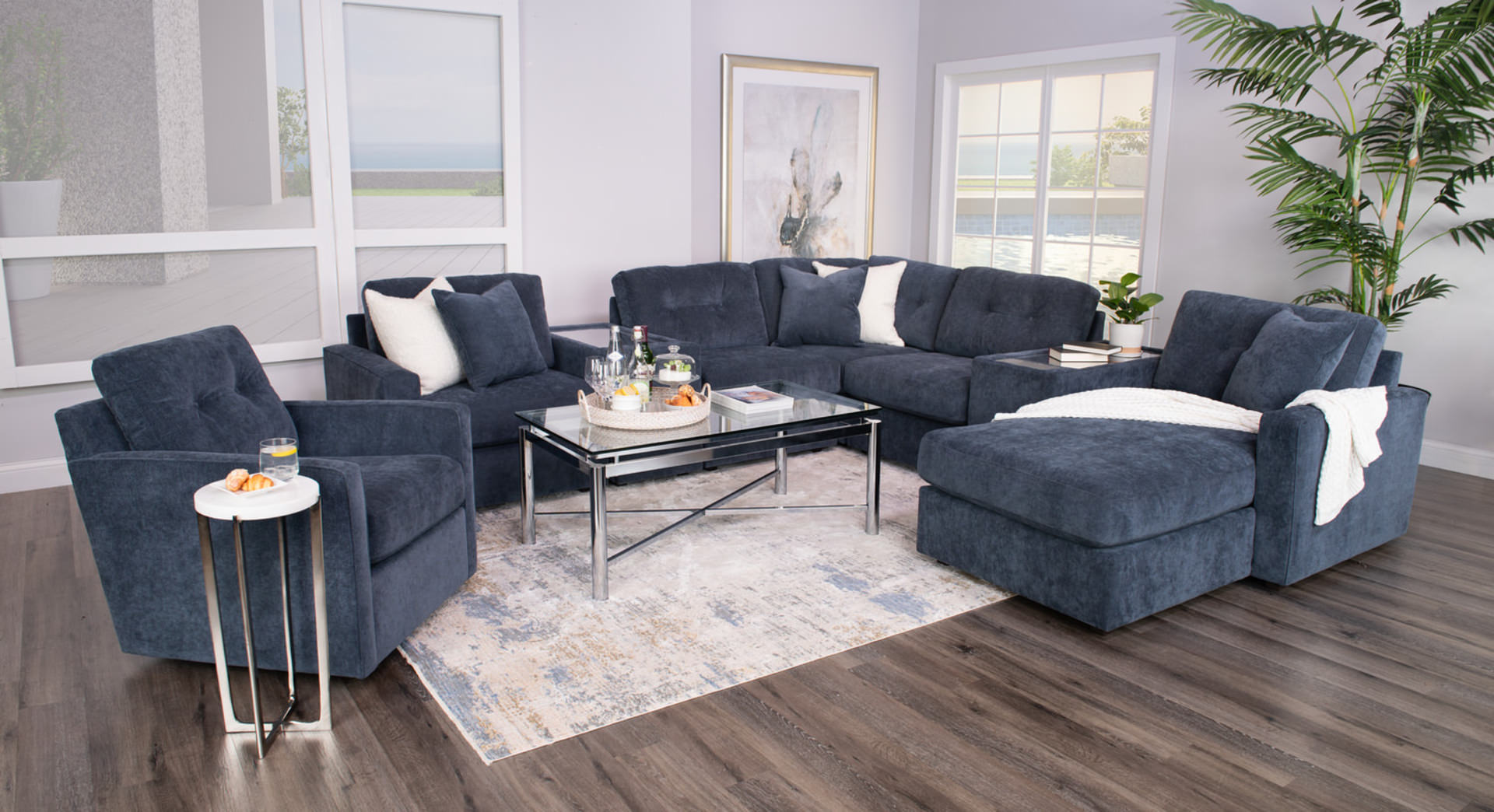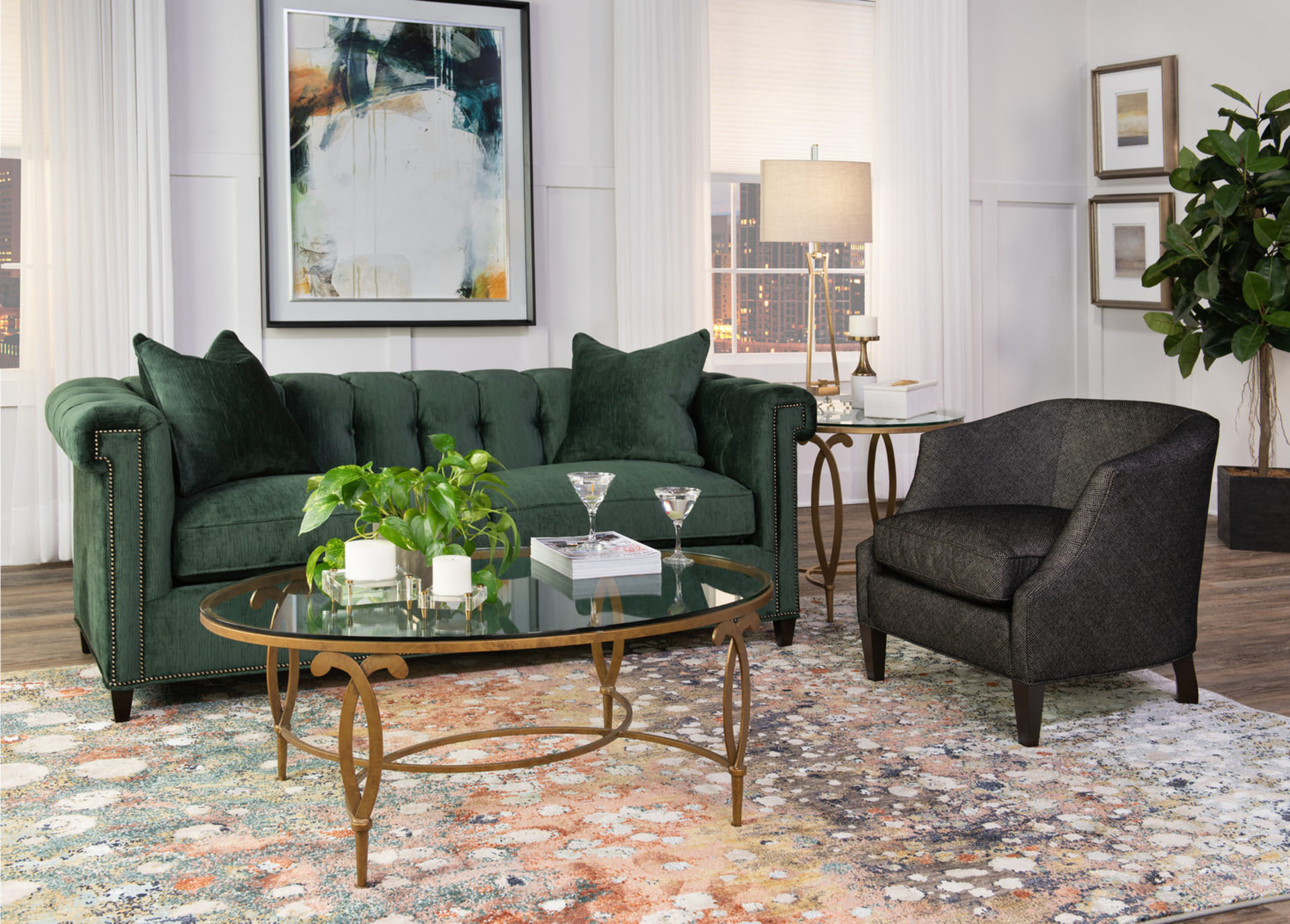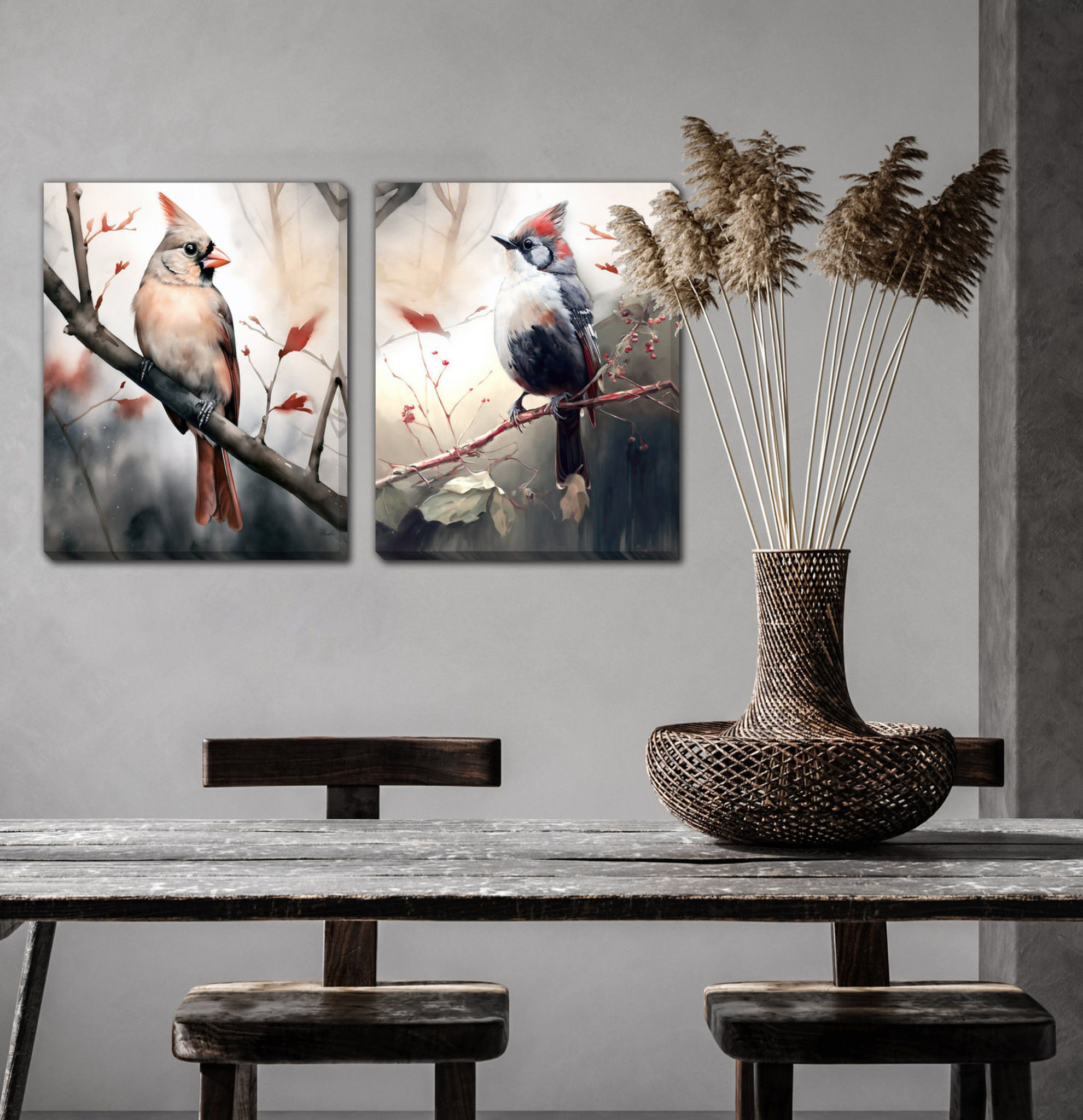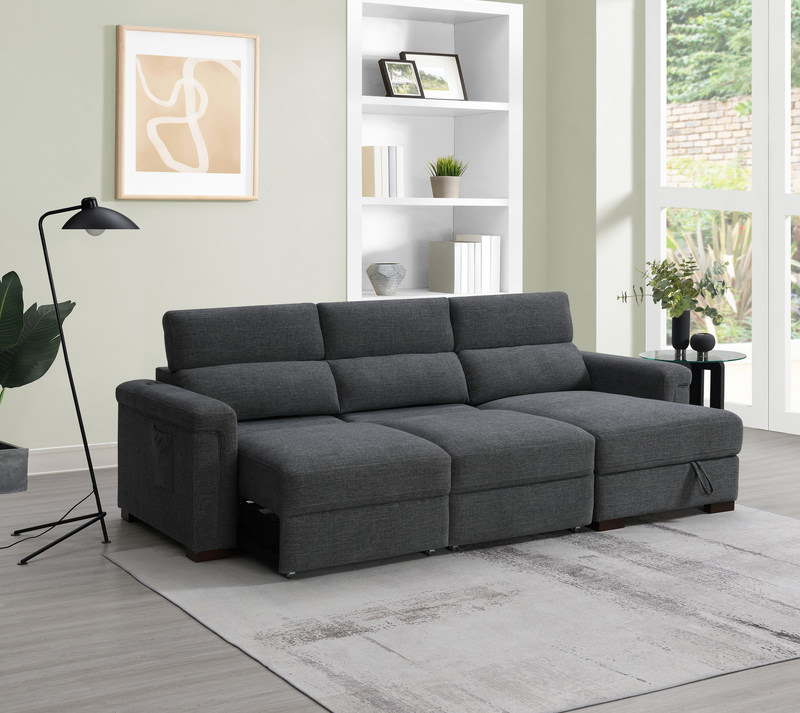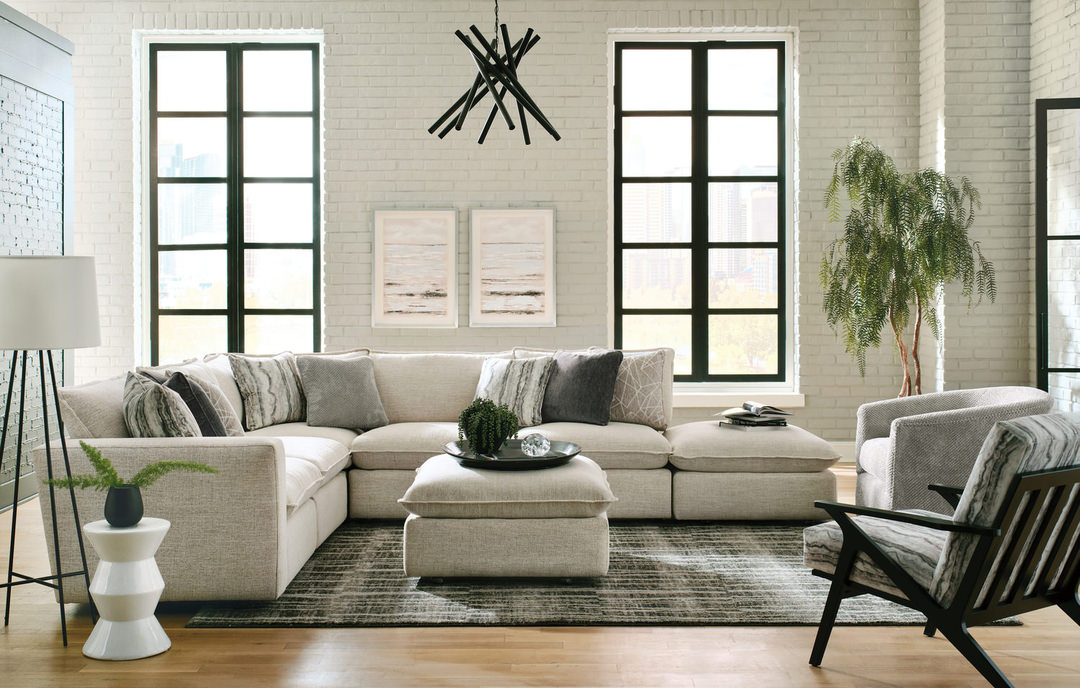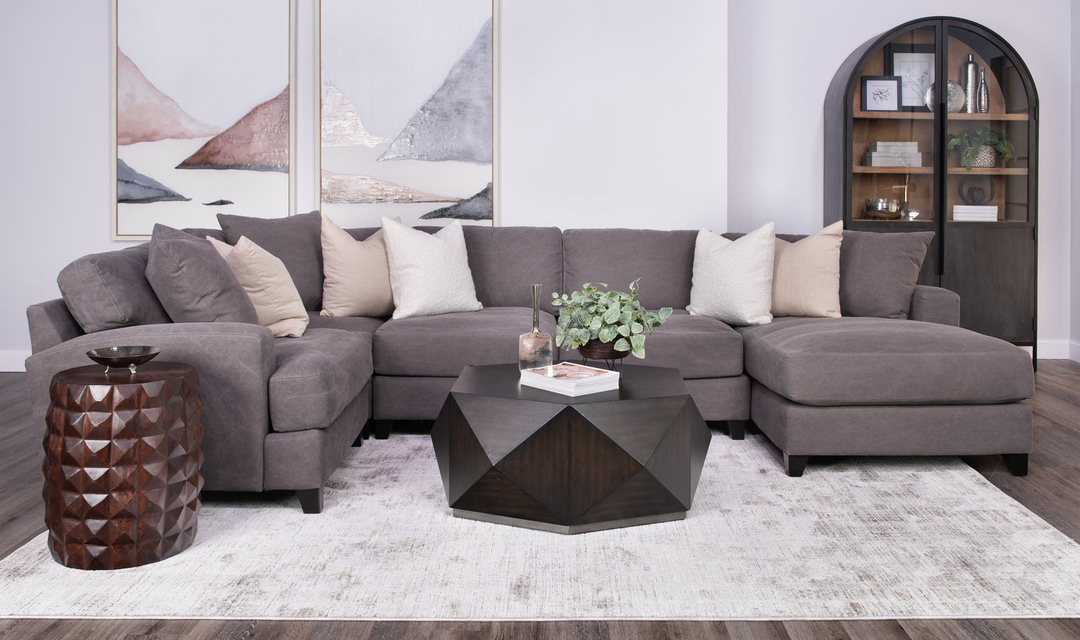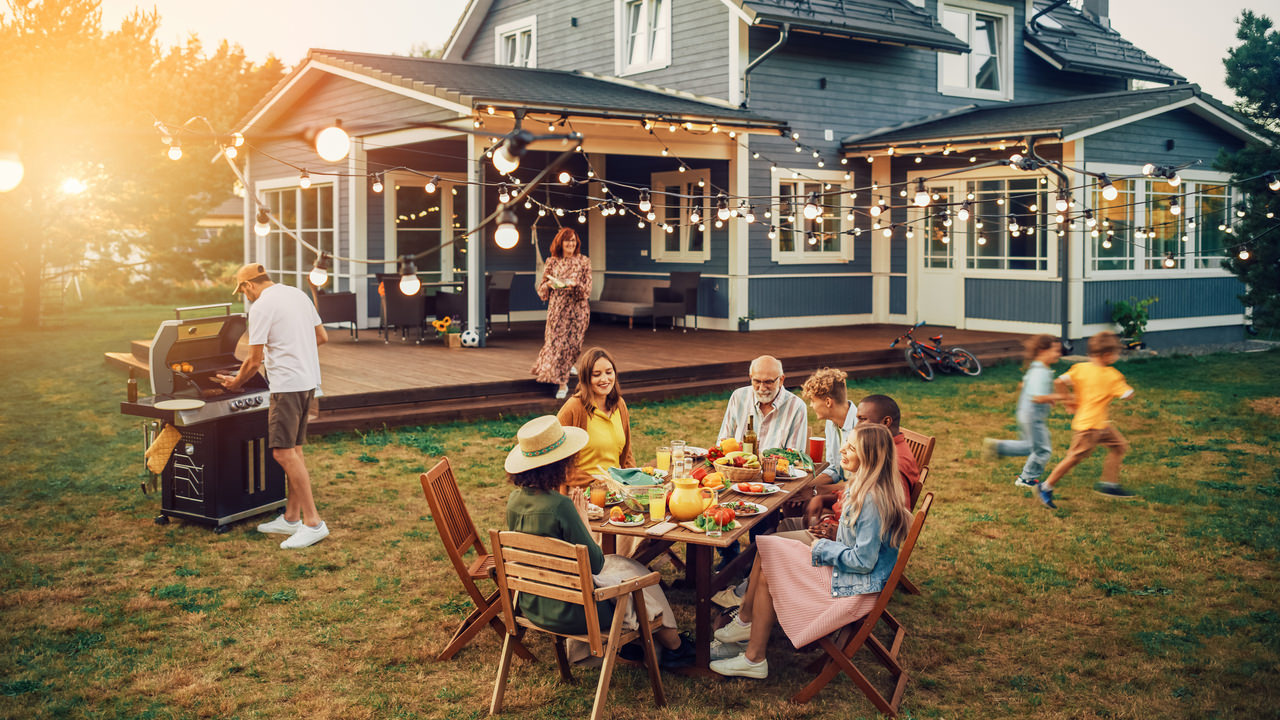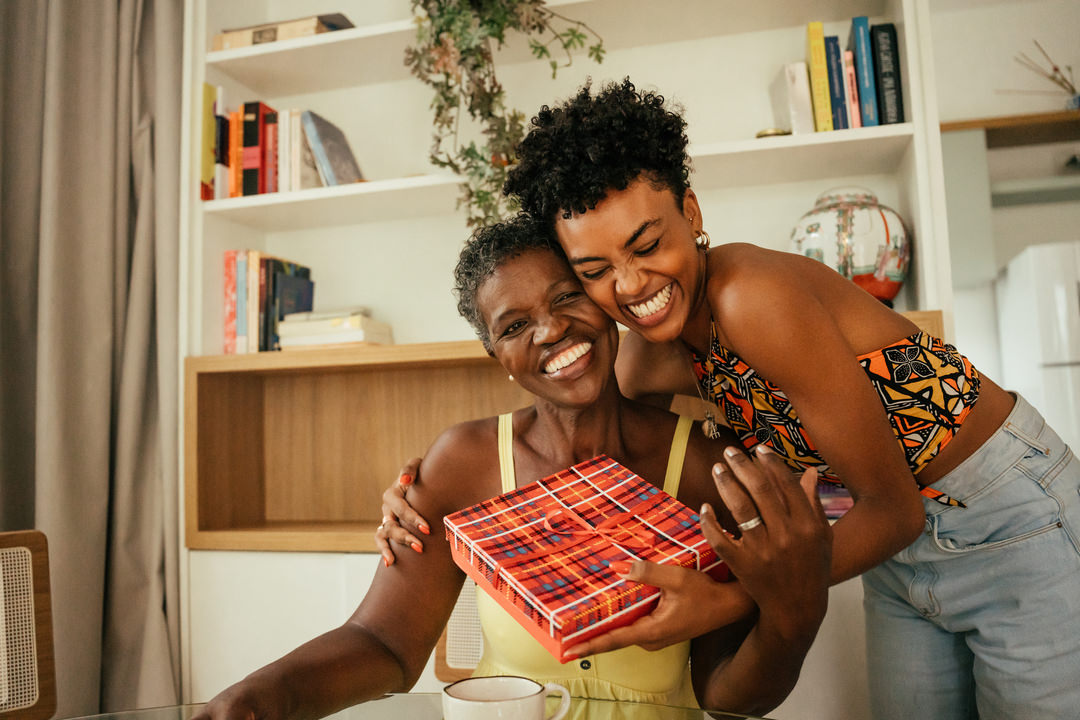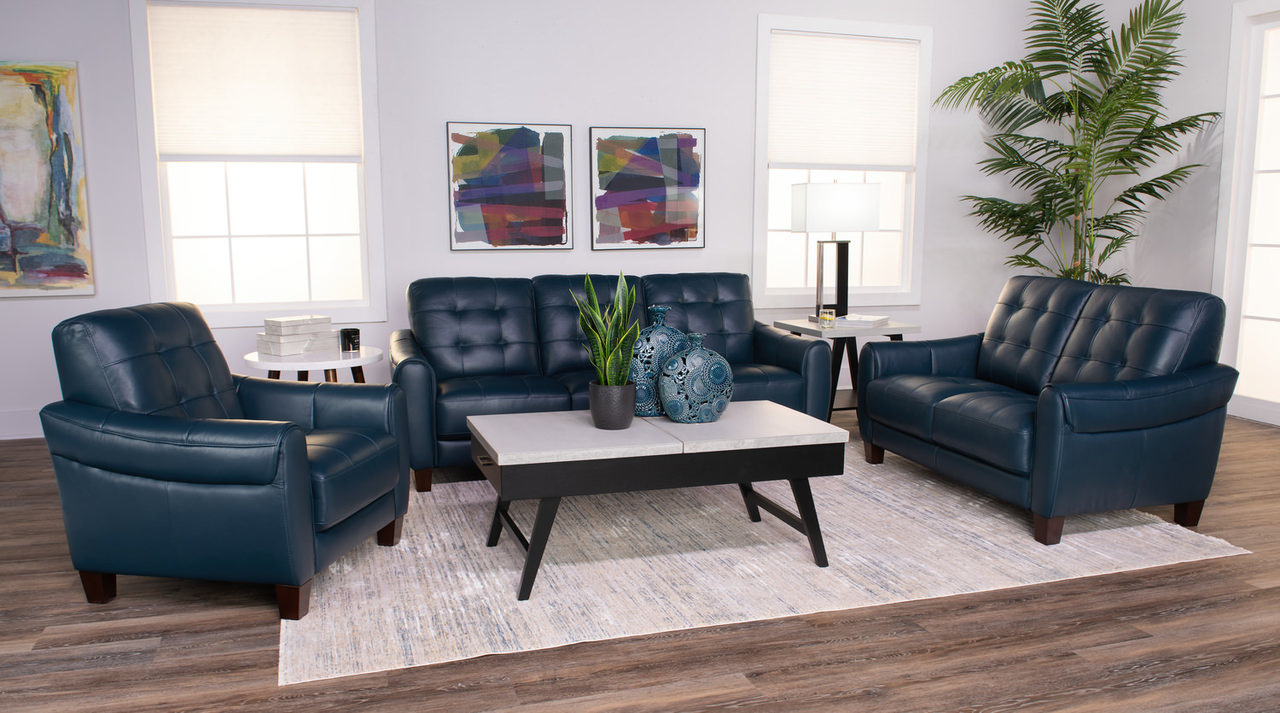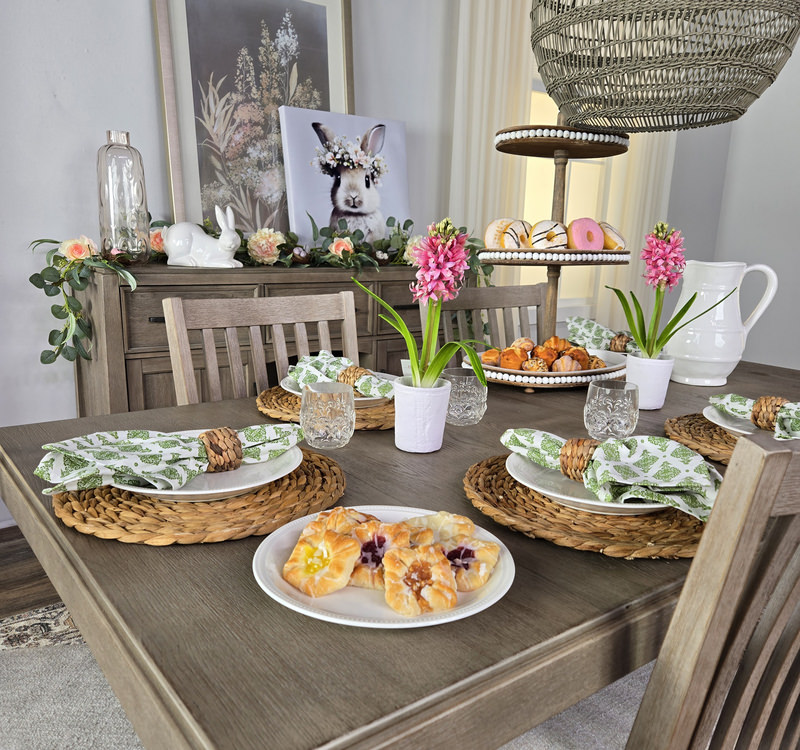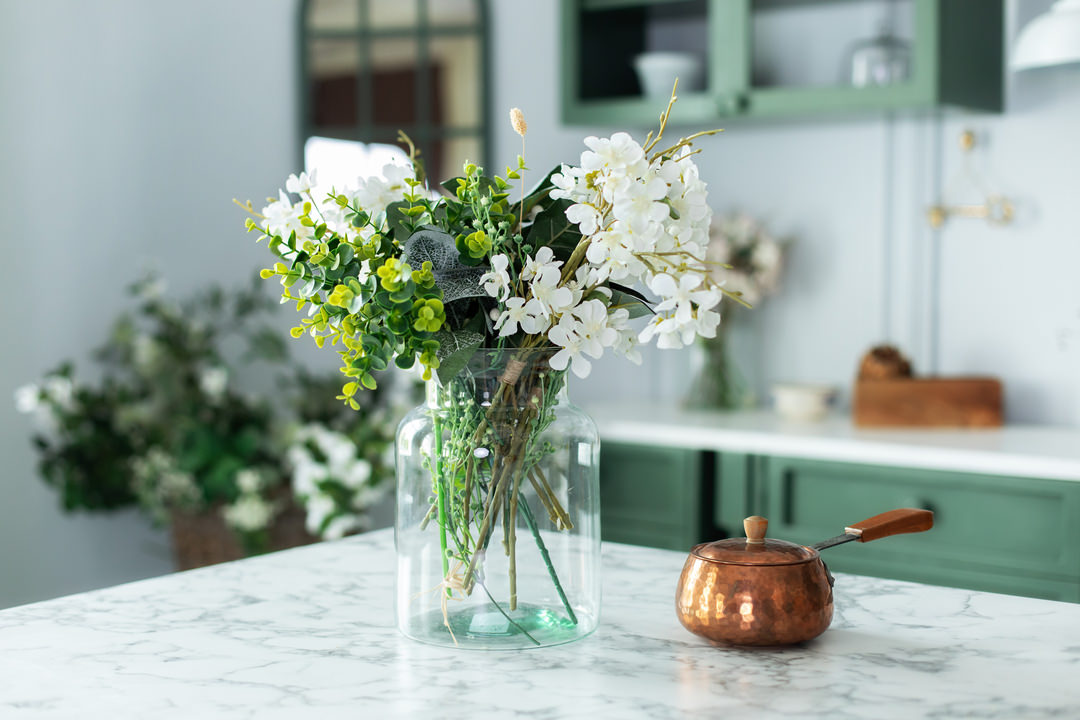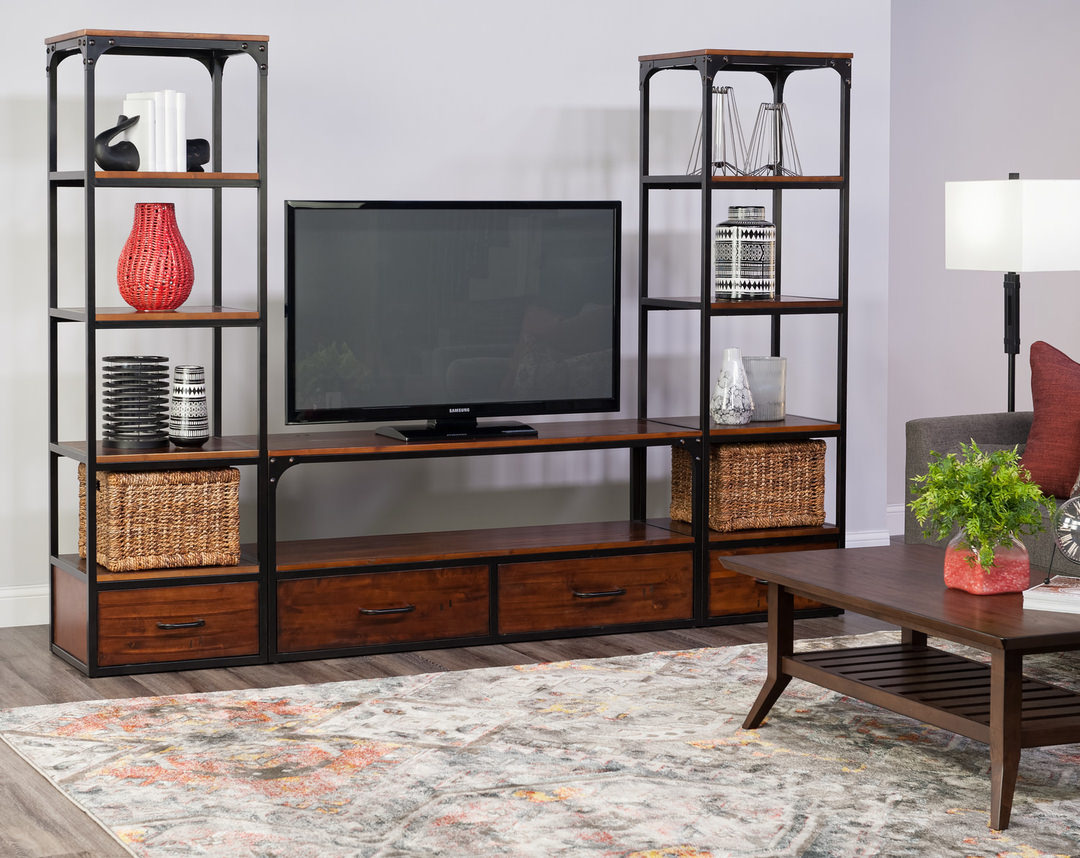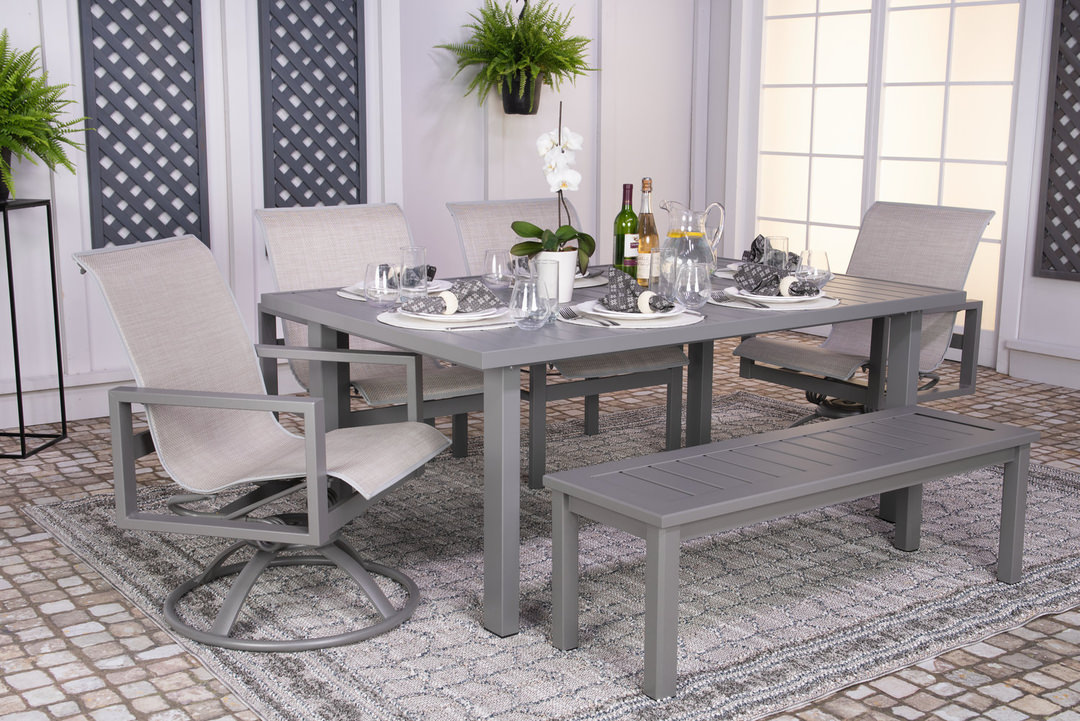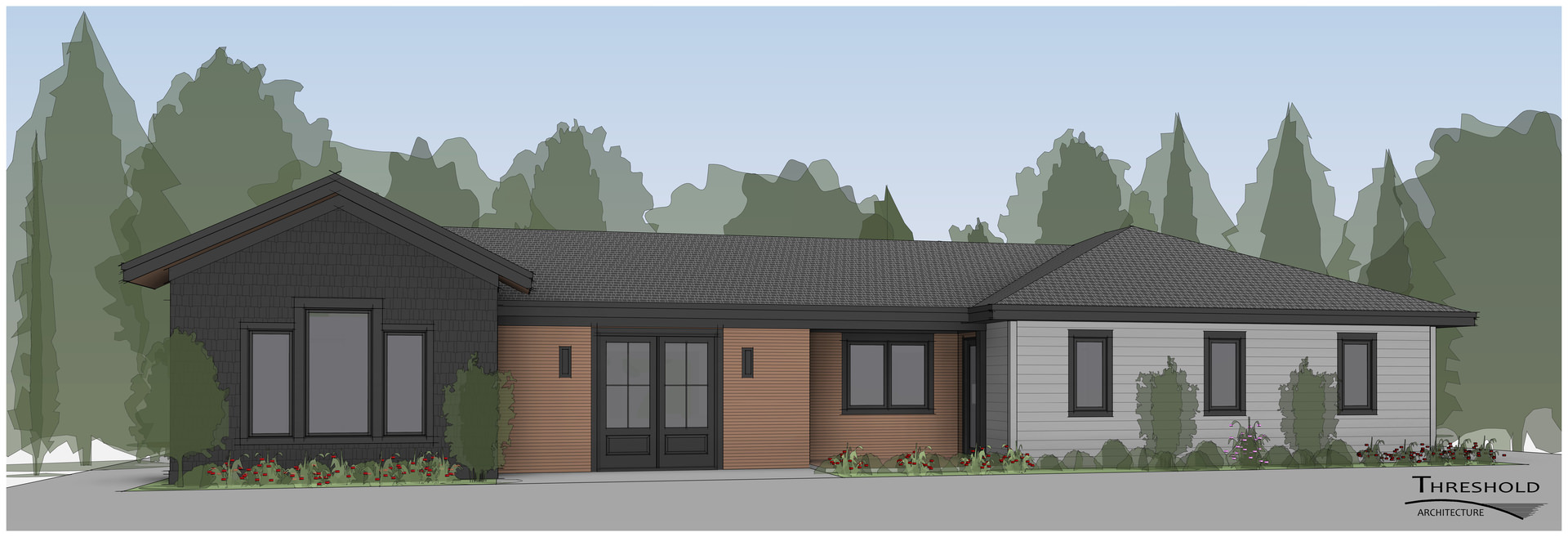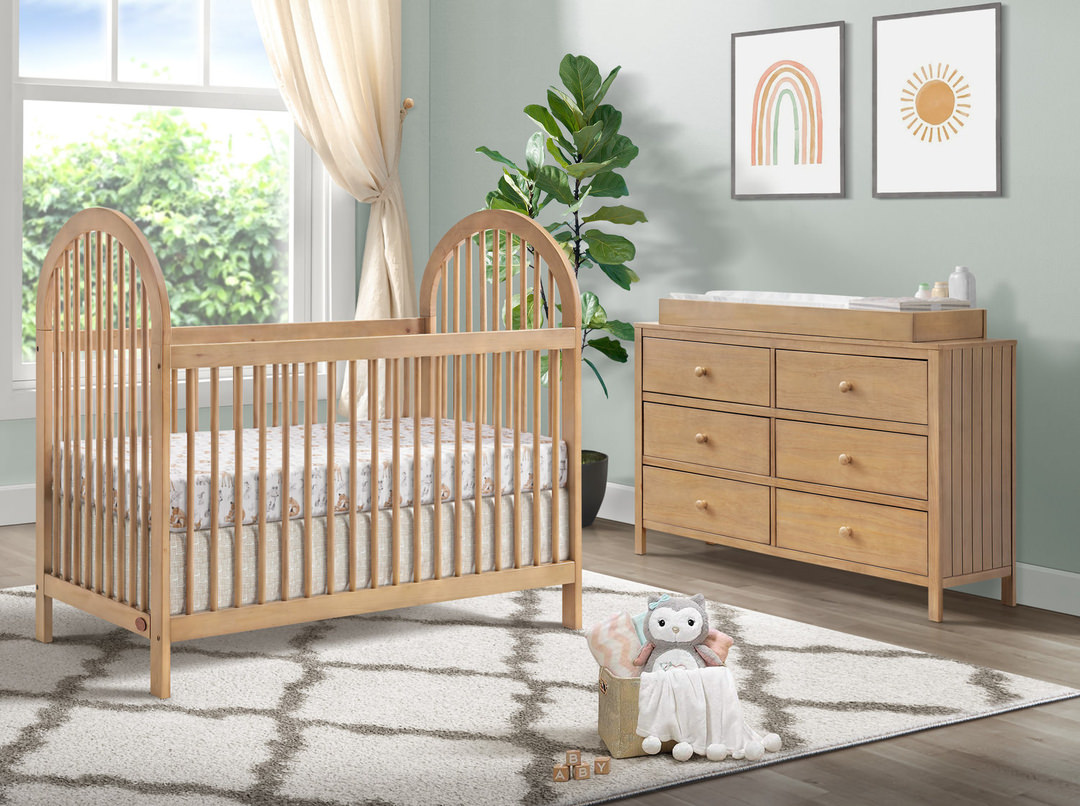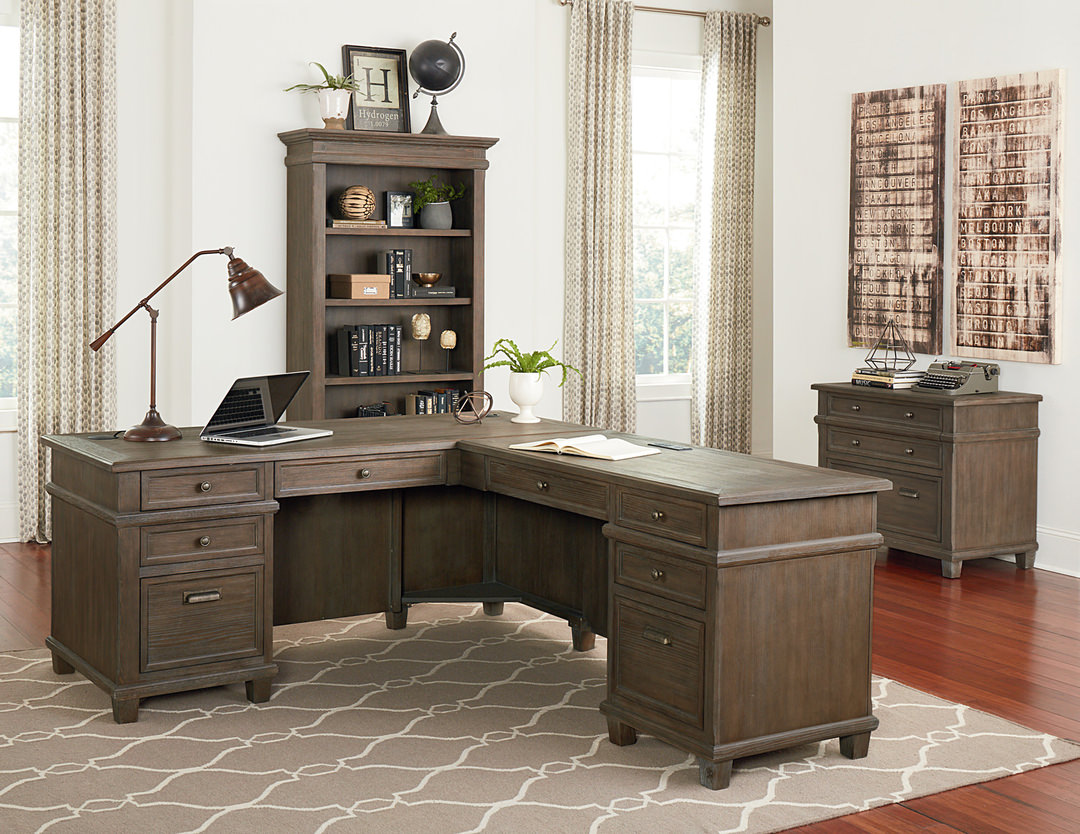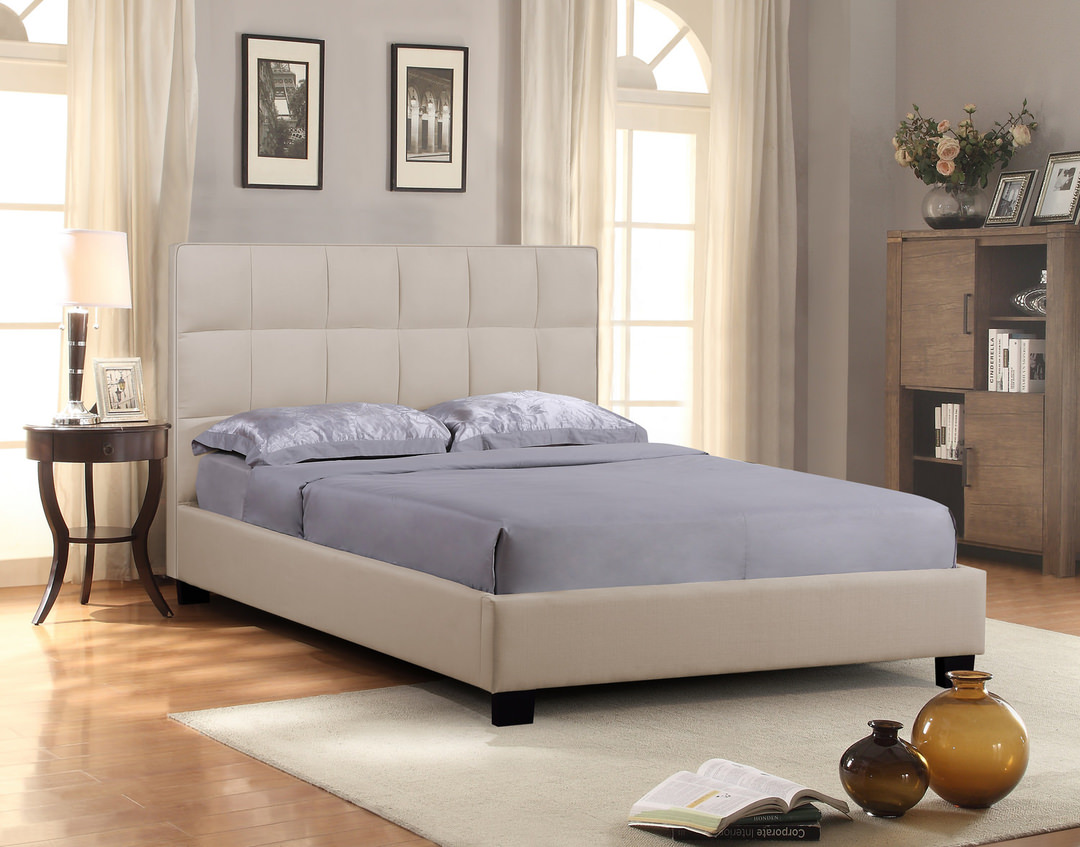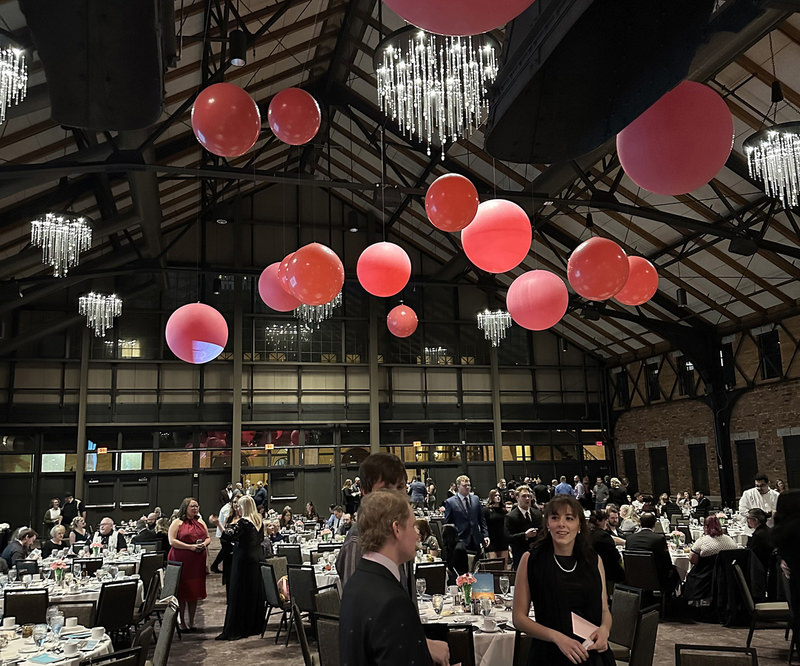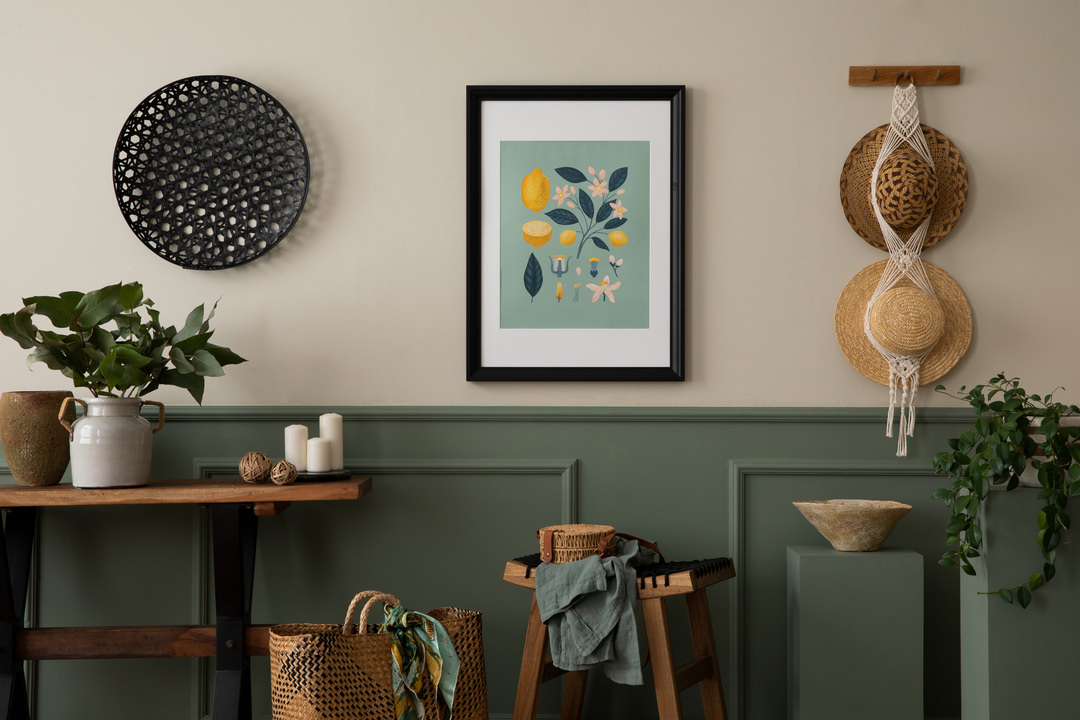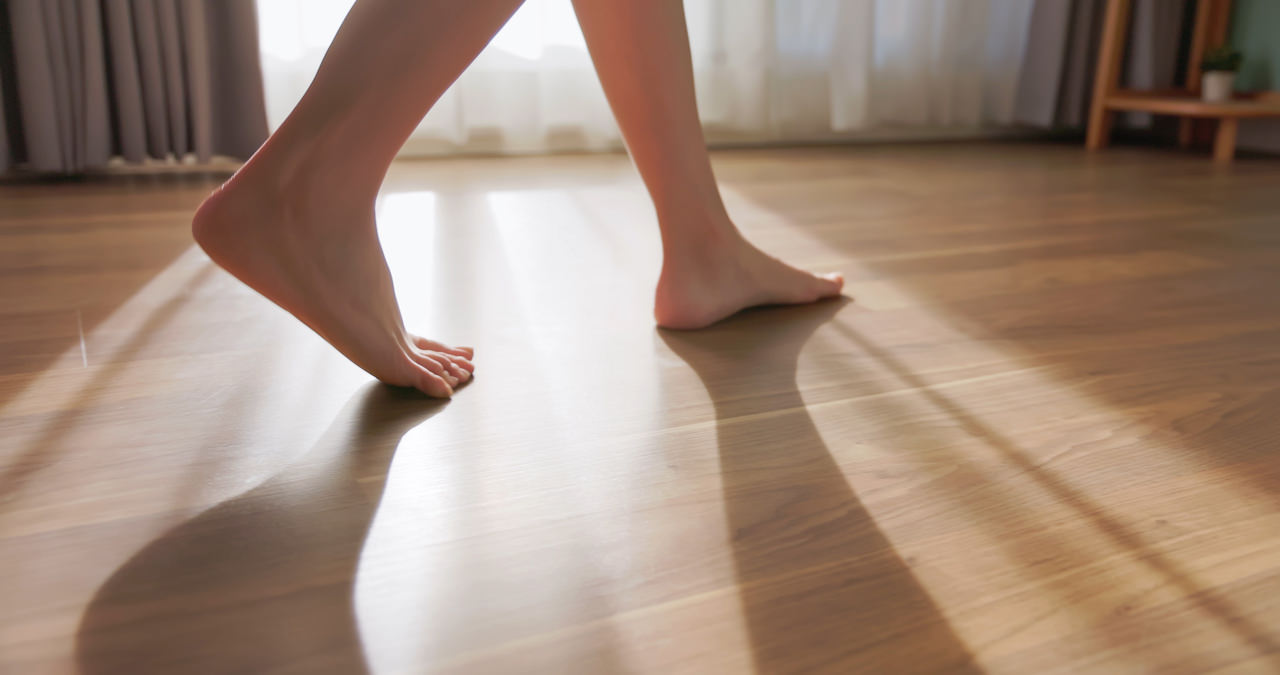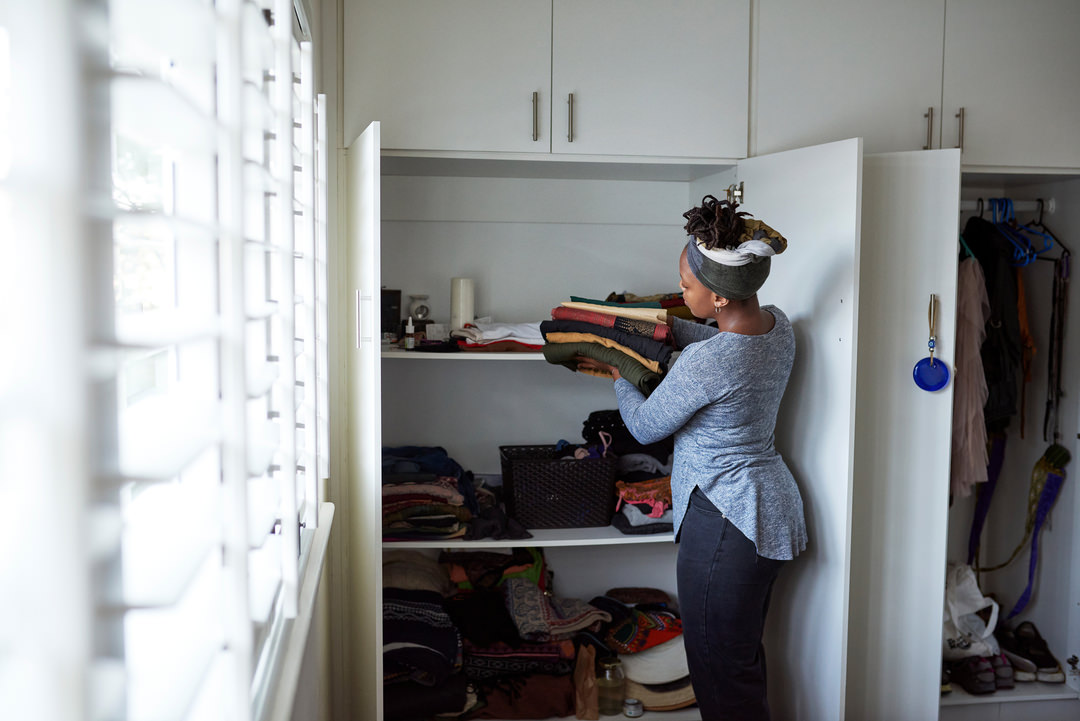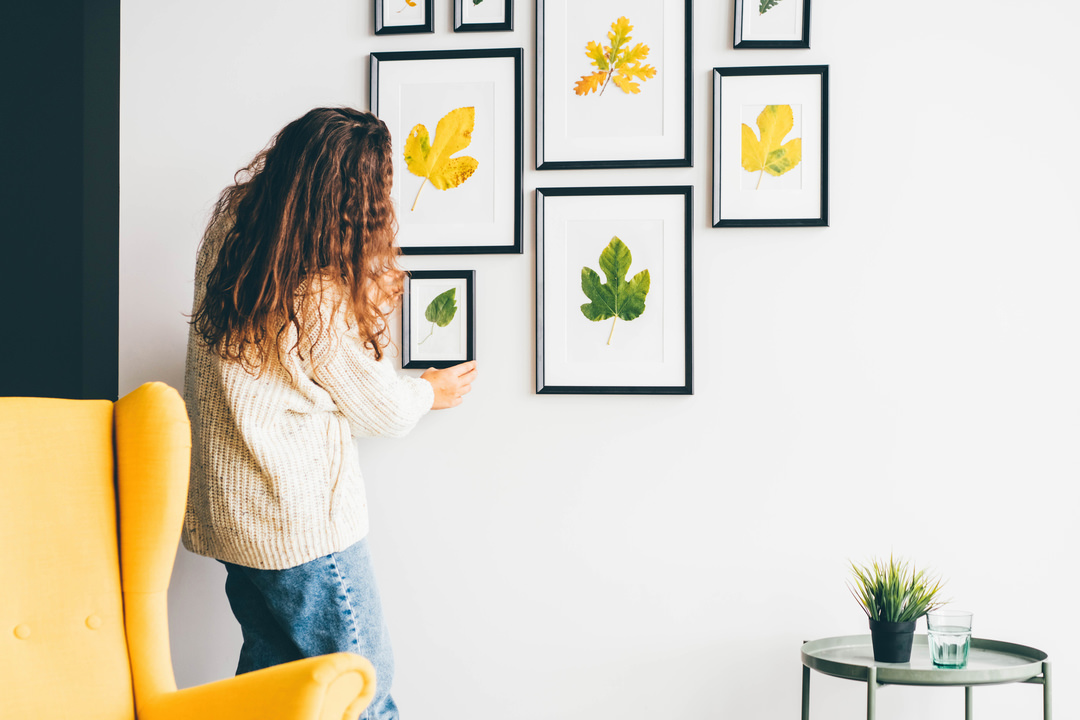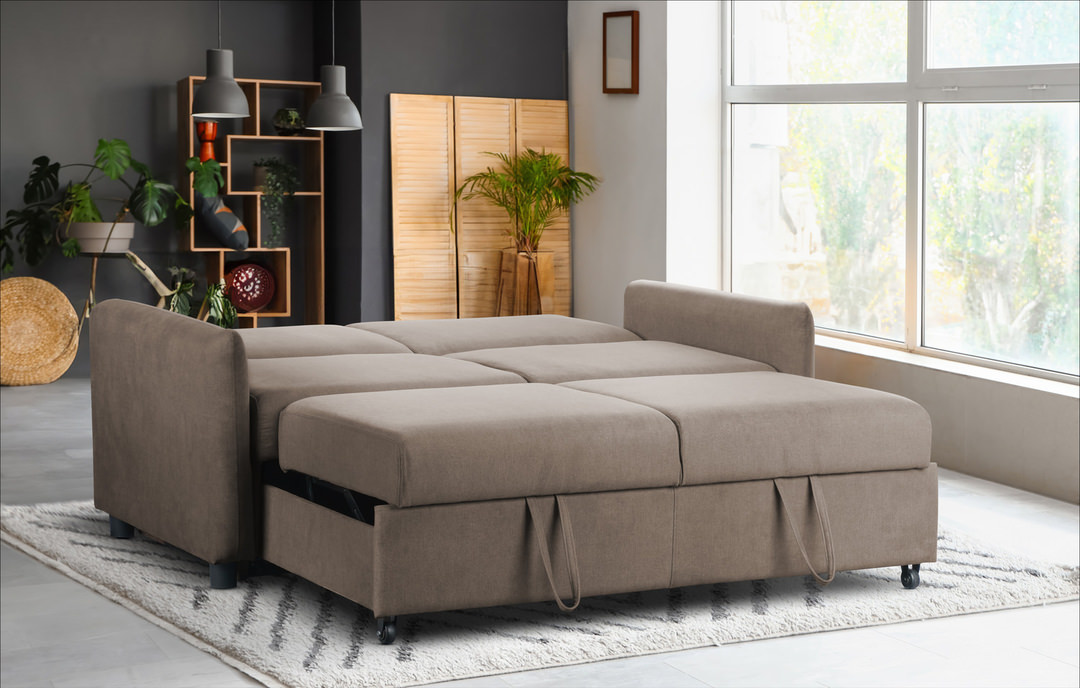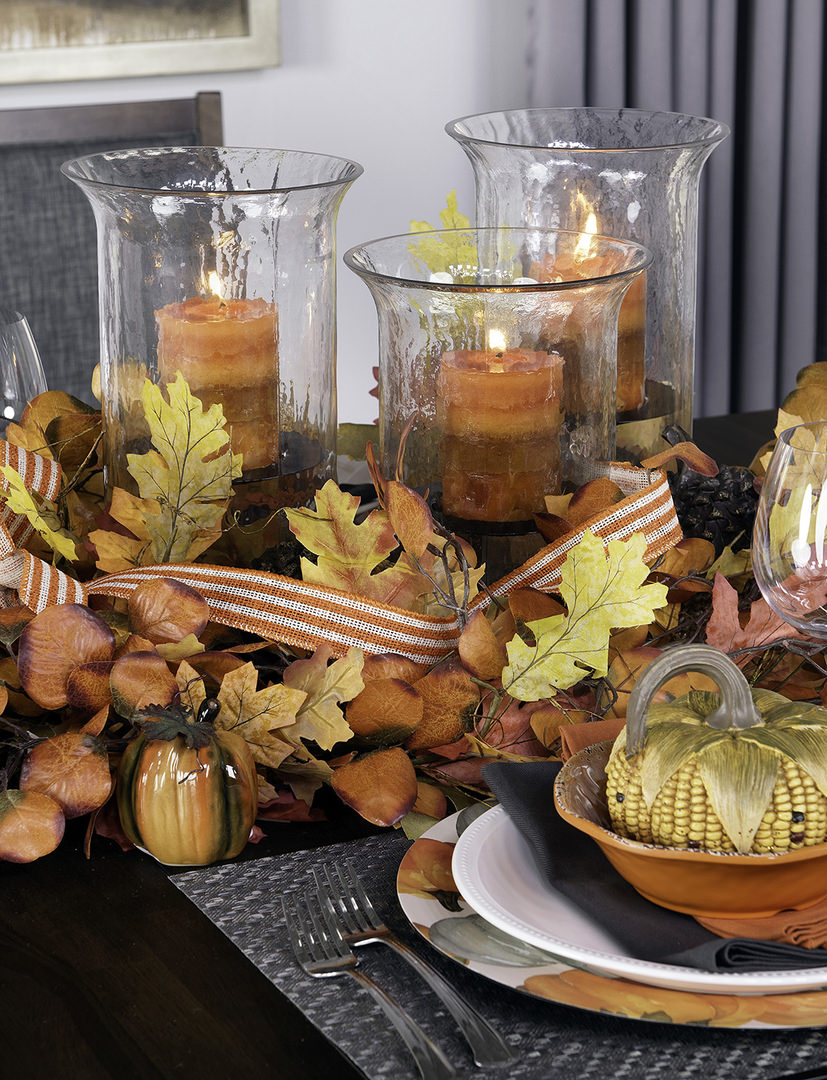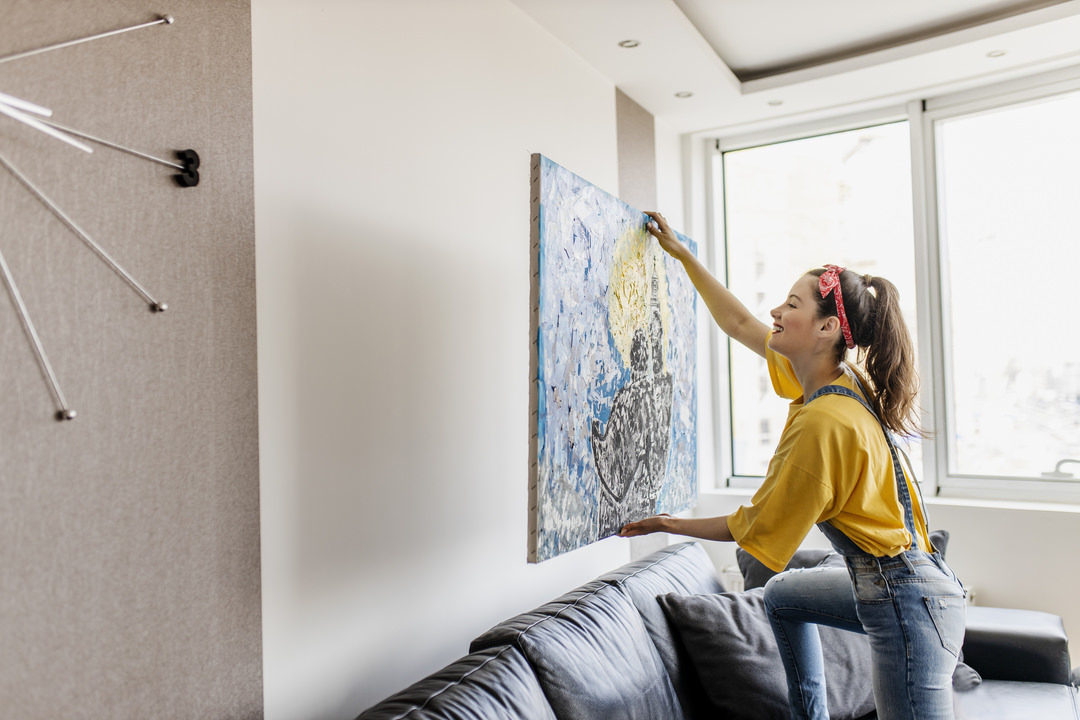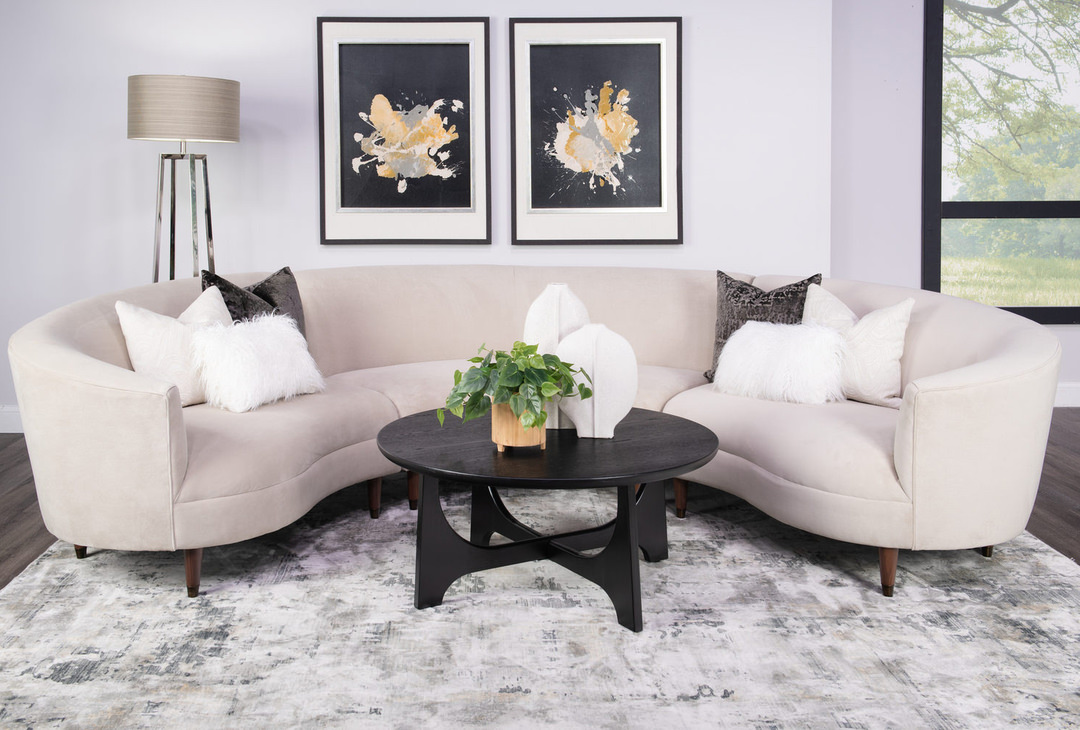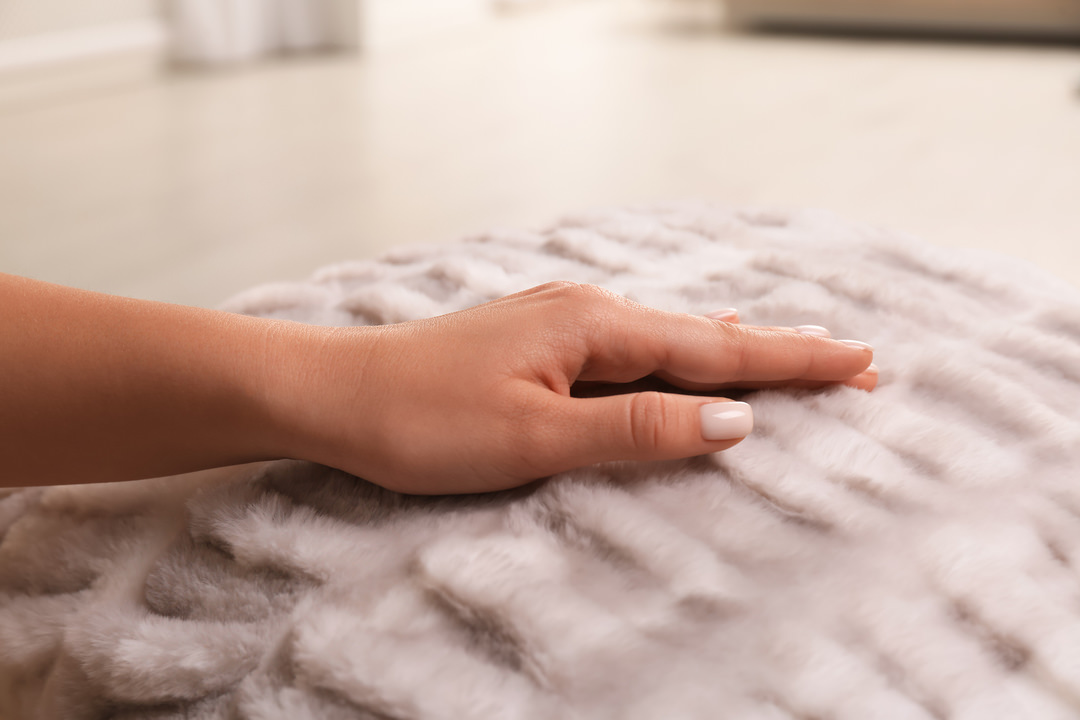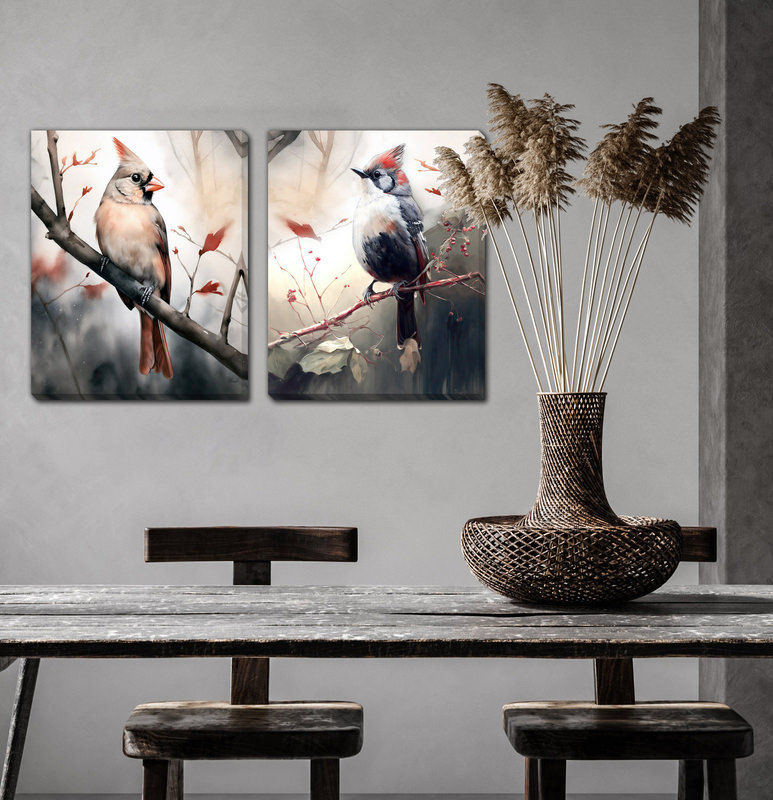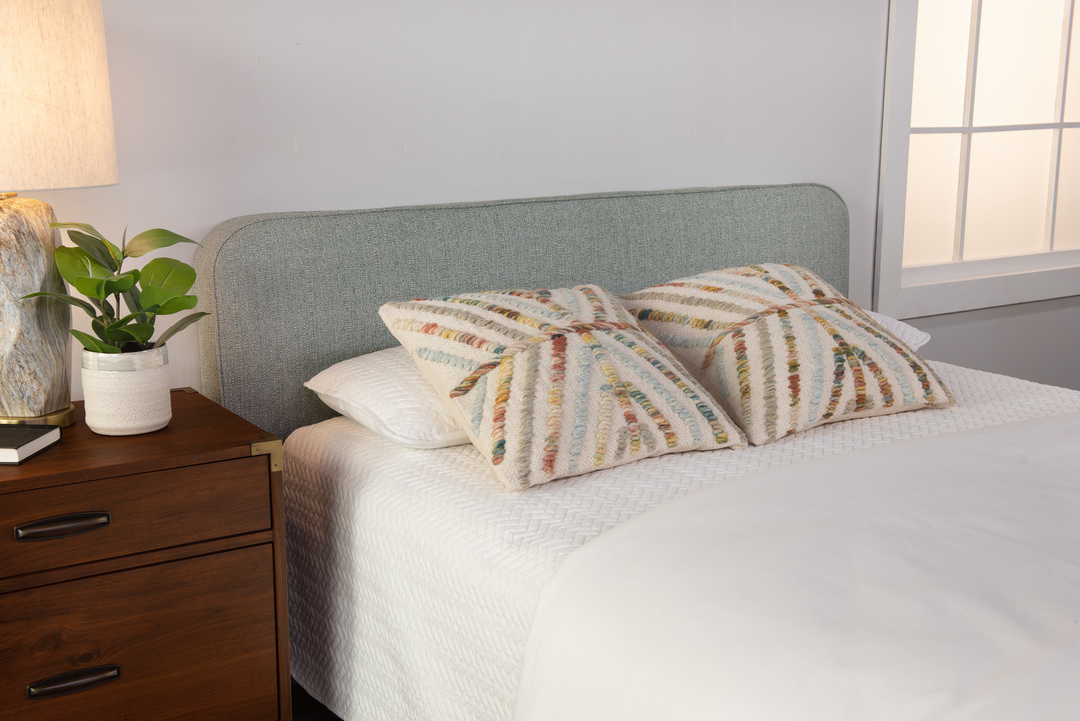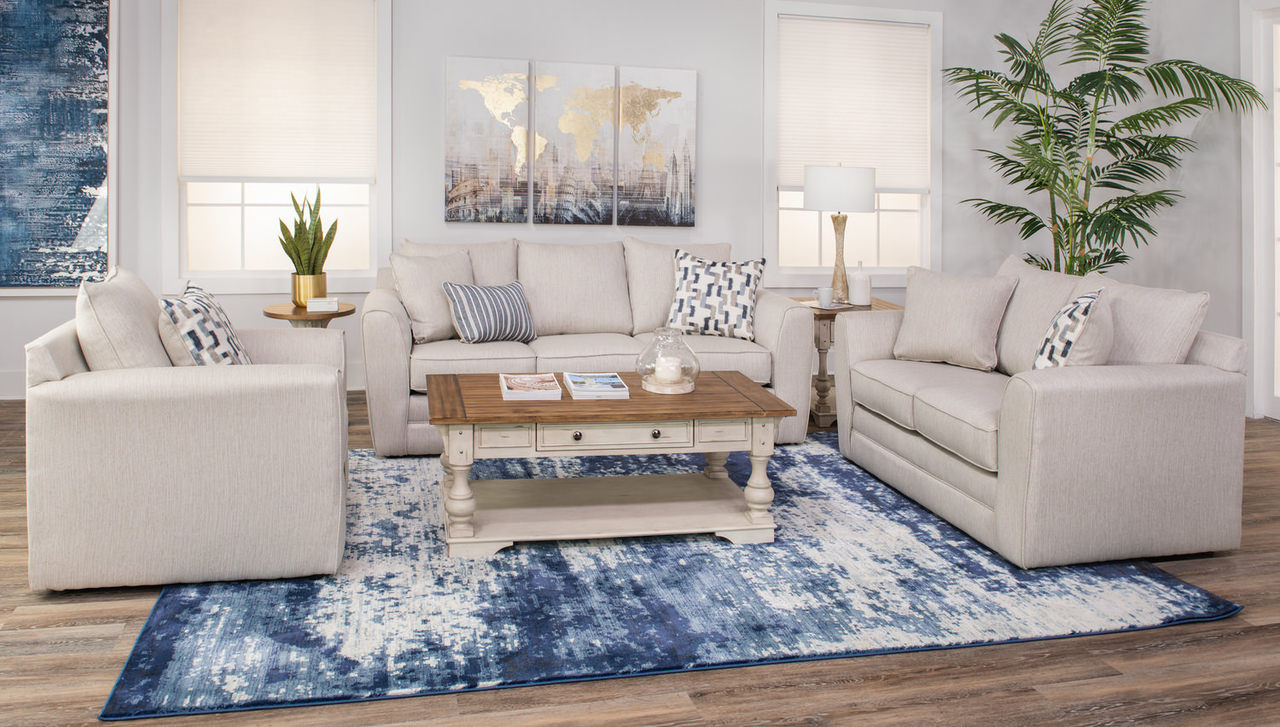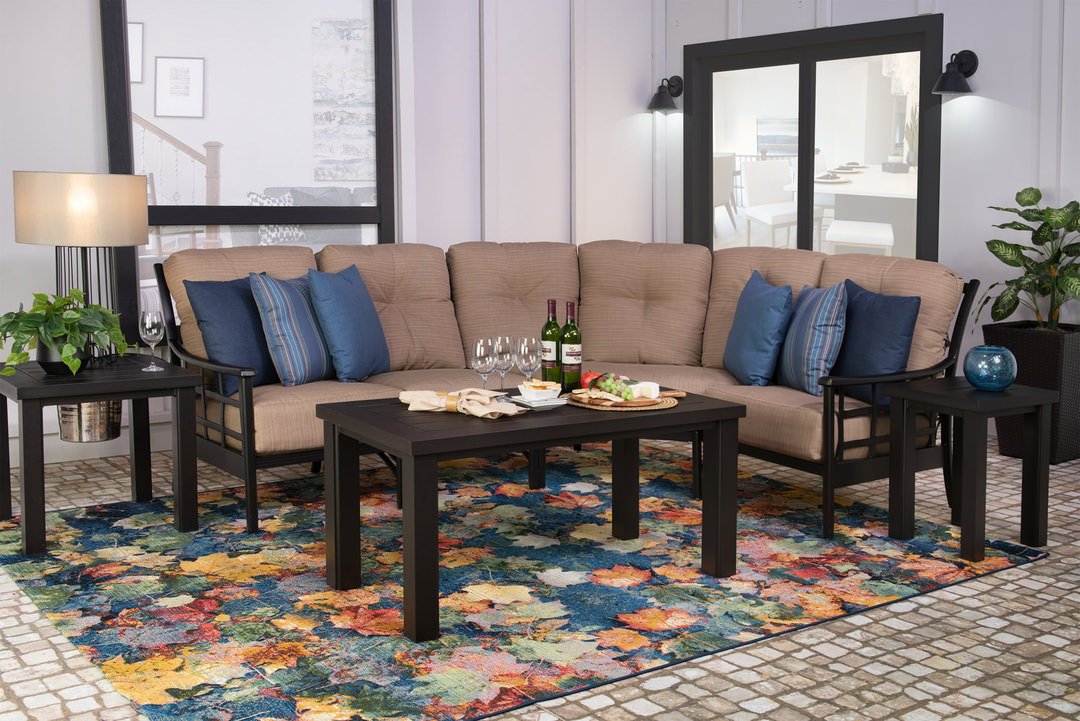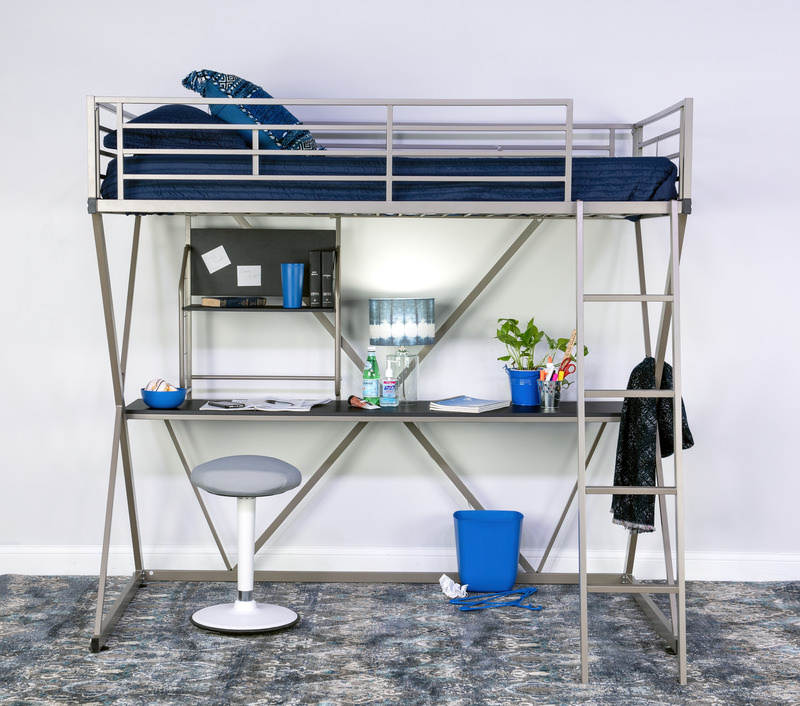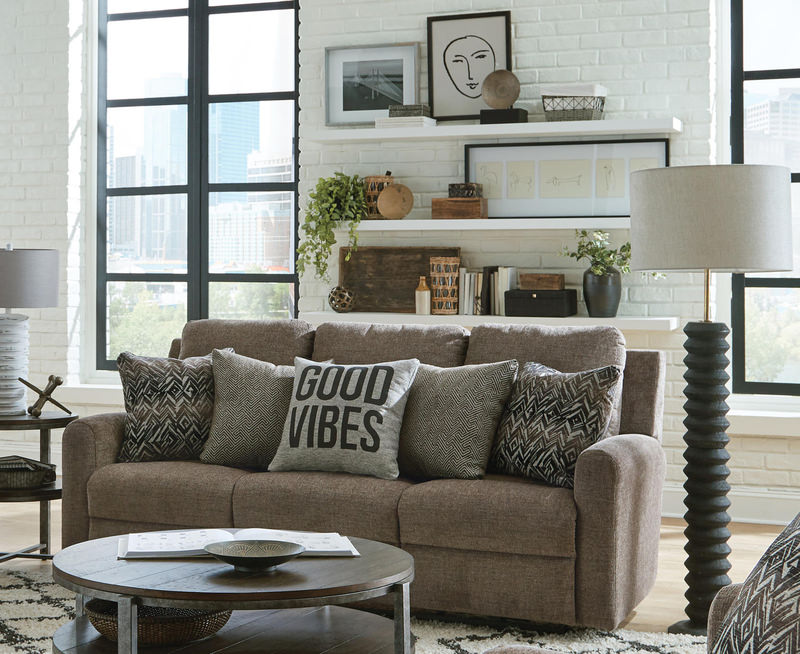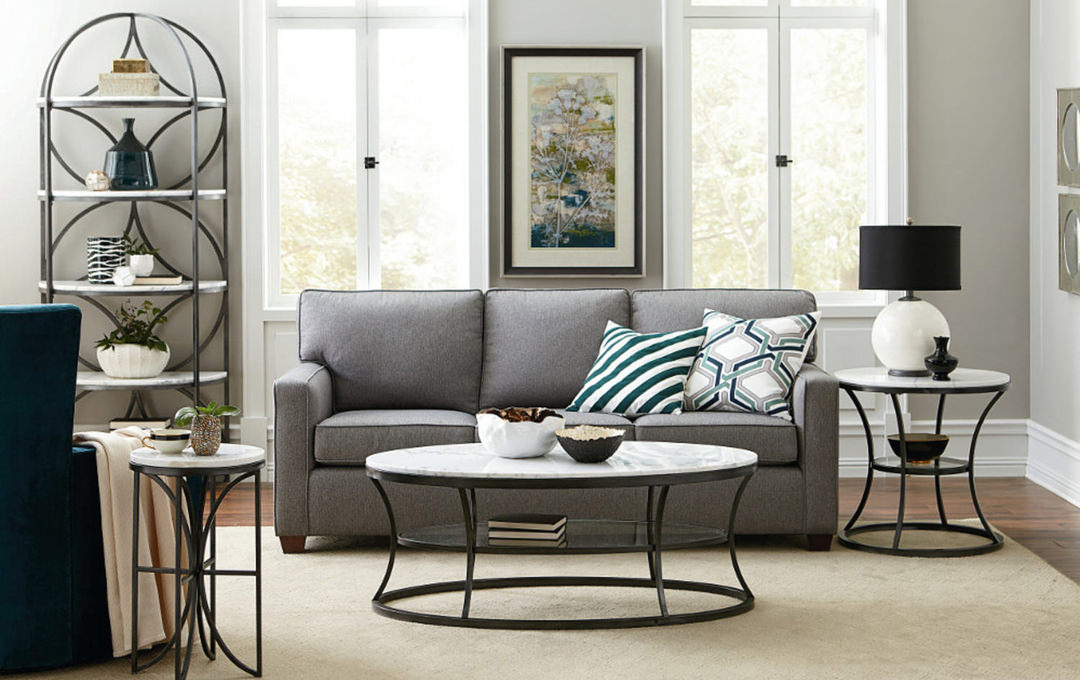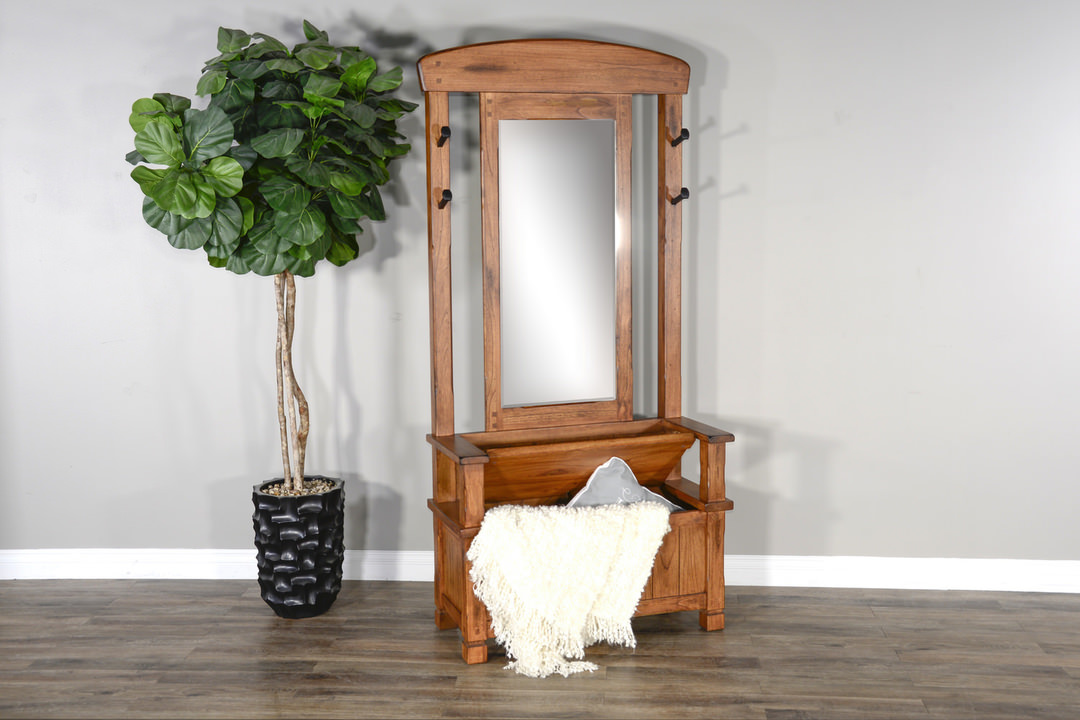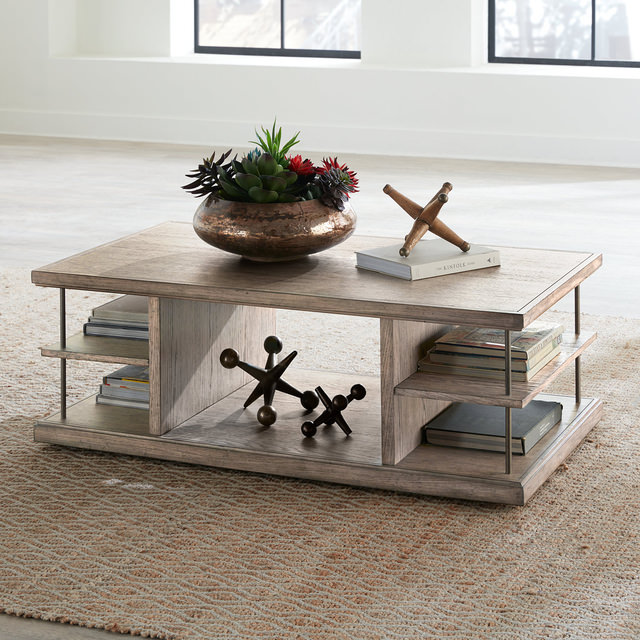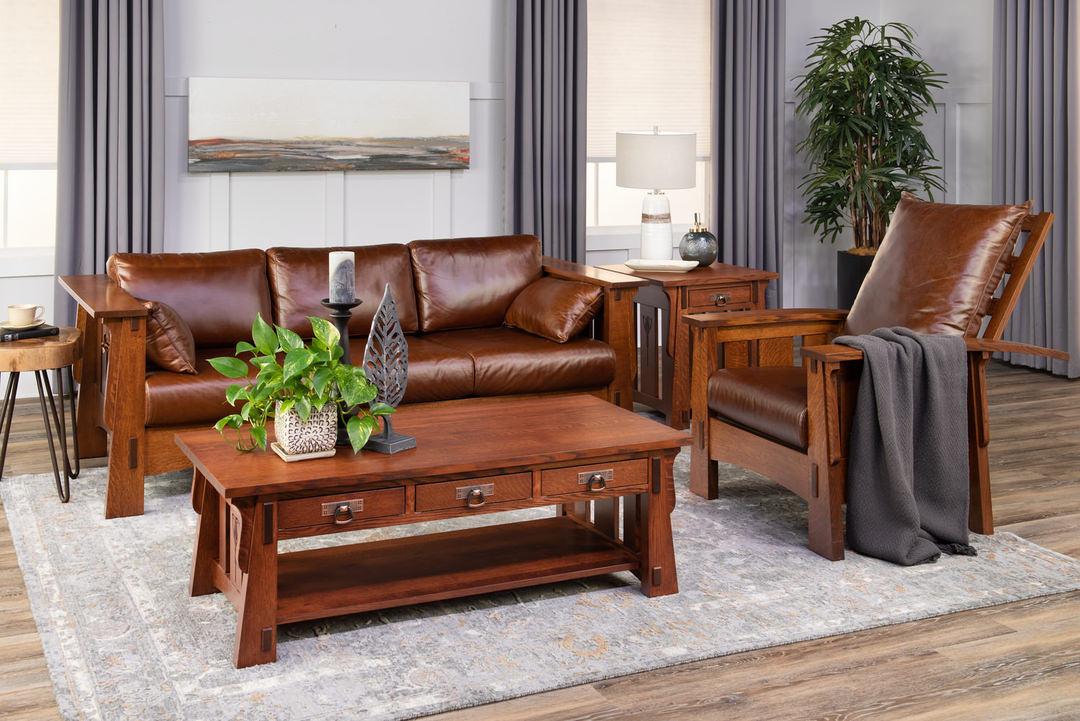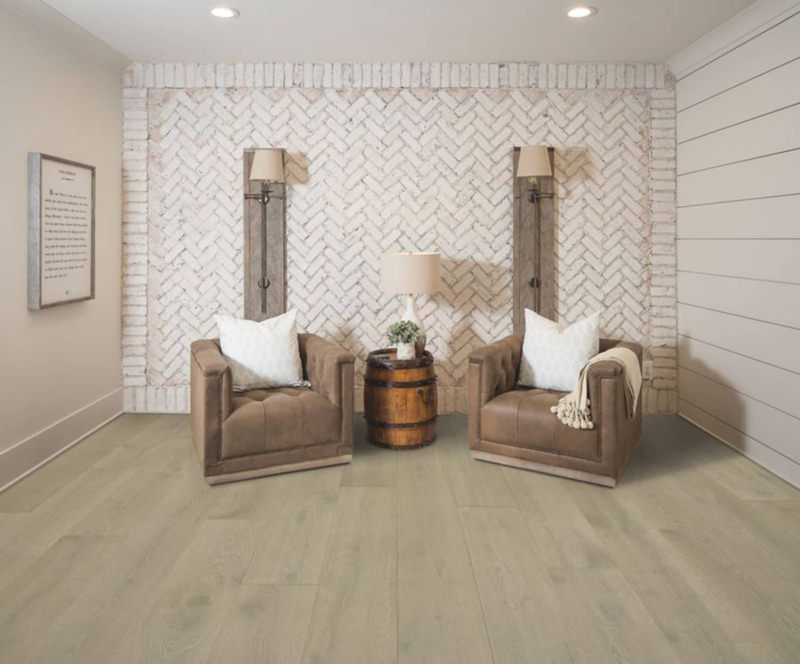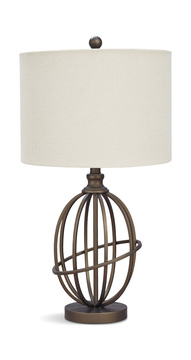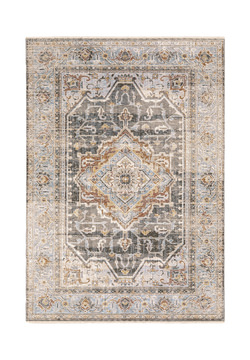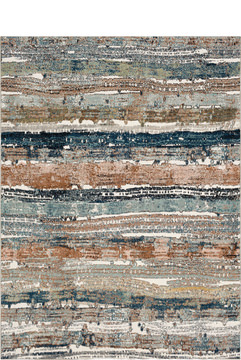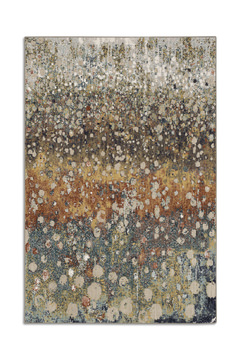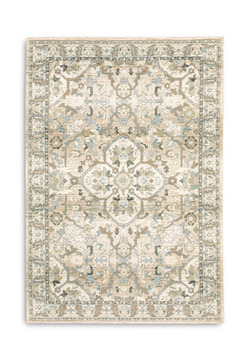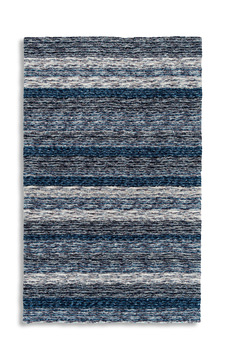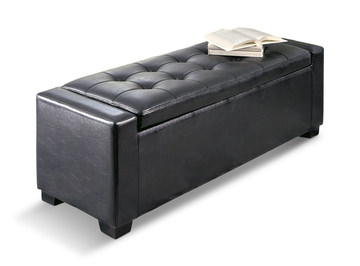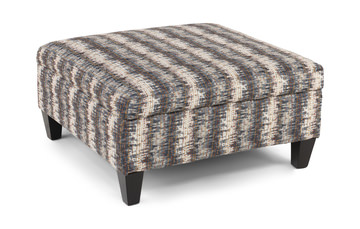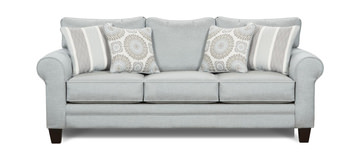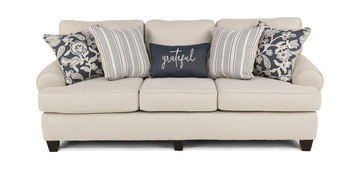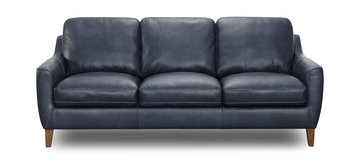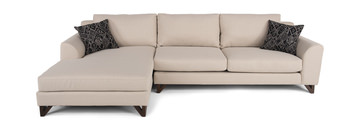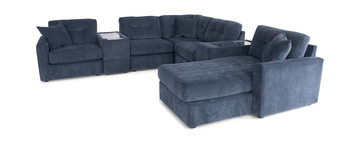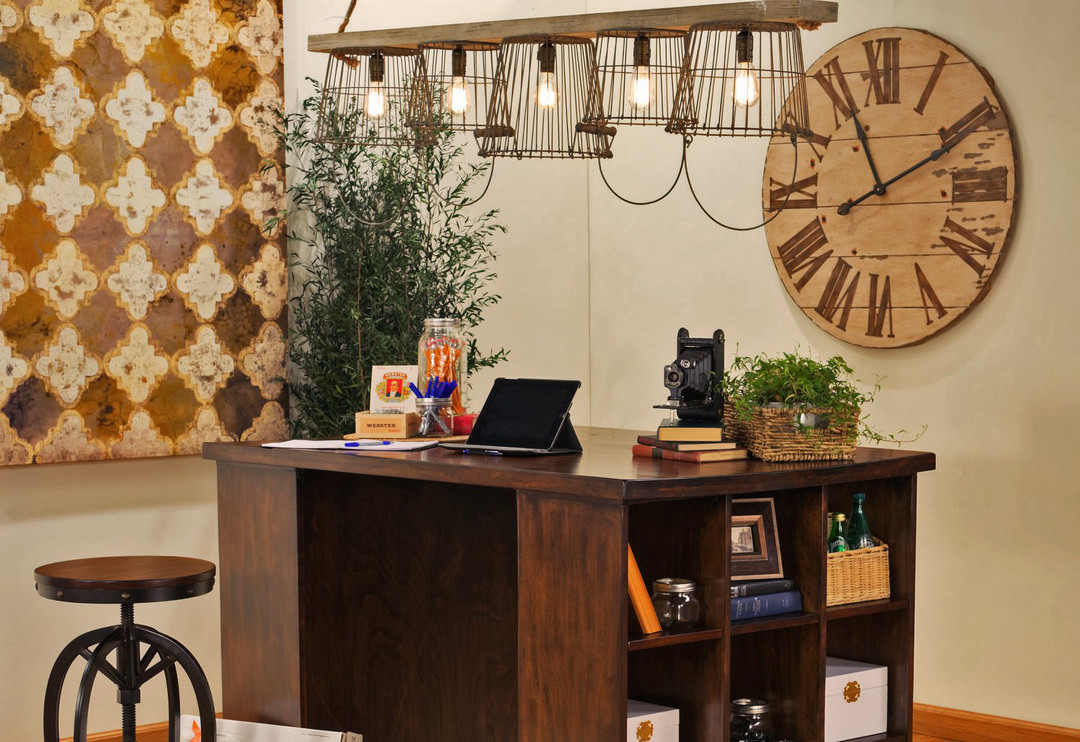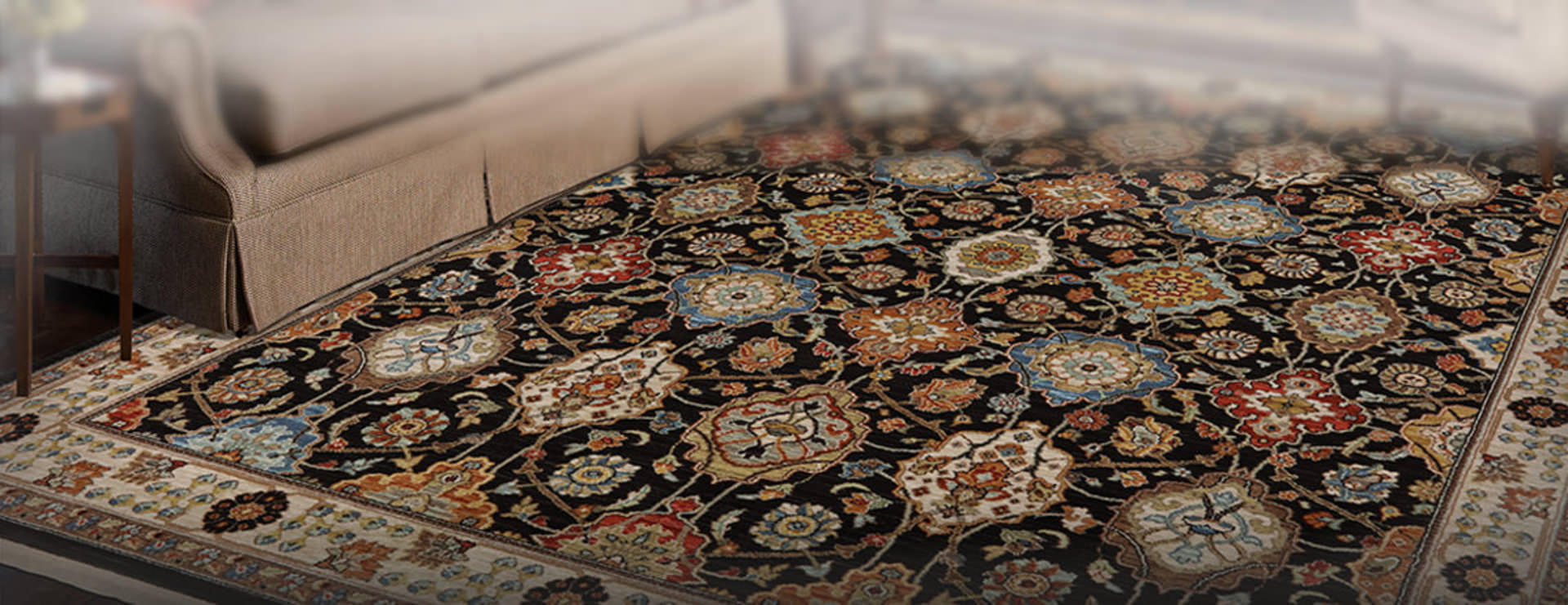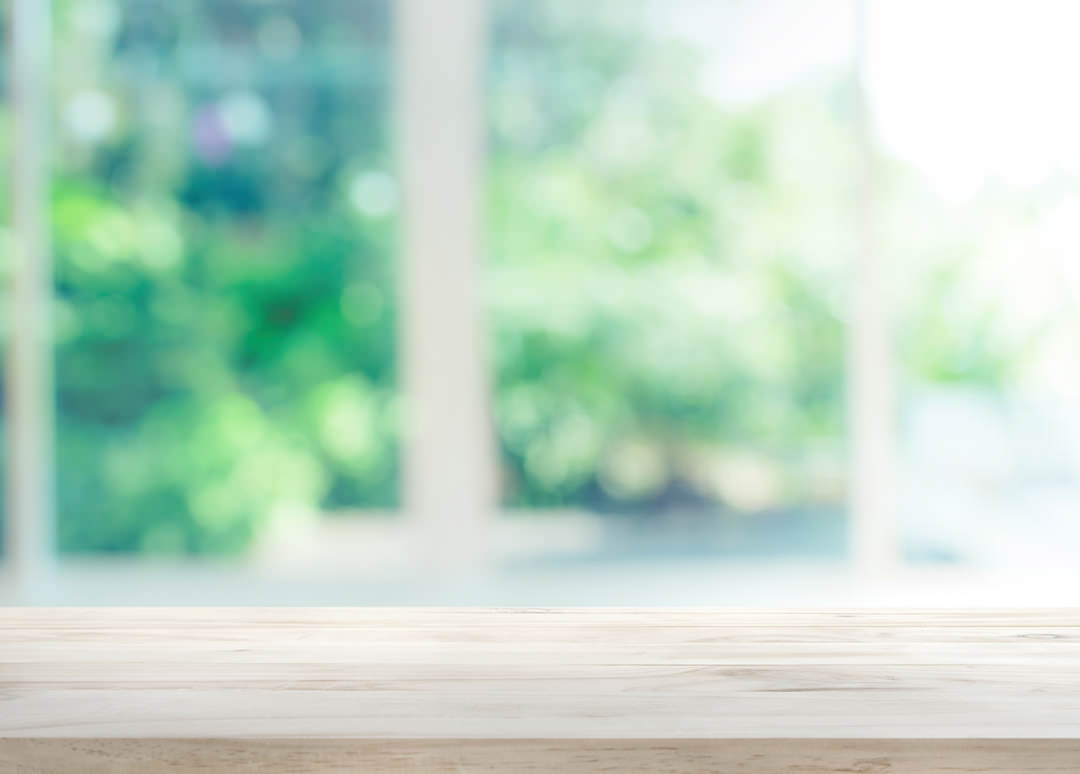Design Fails - and How to Fix Them
This is how designers would fix these interior design fails.
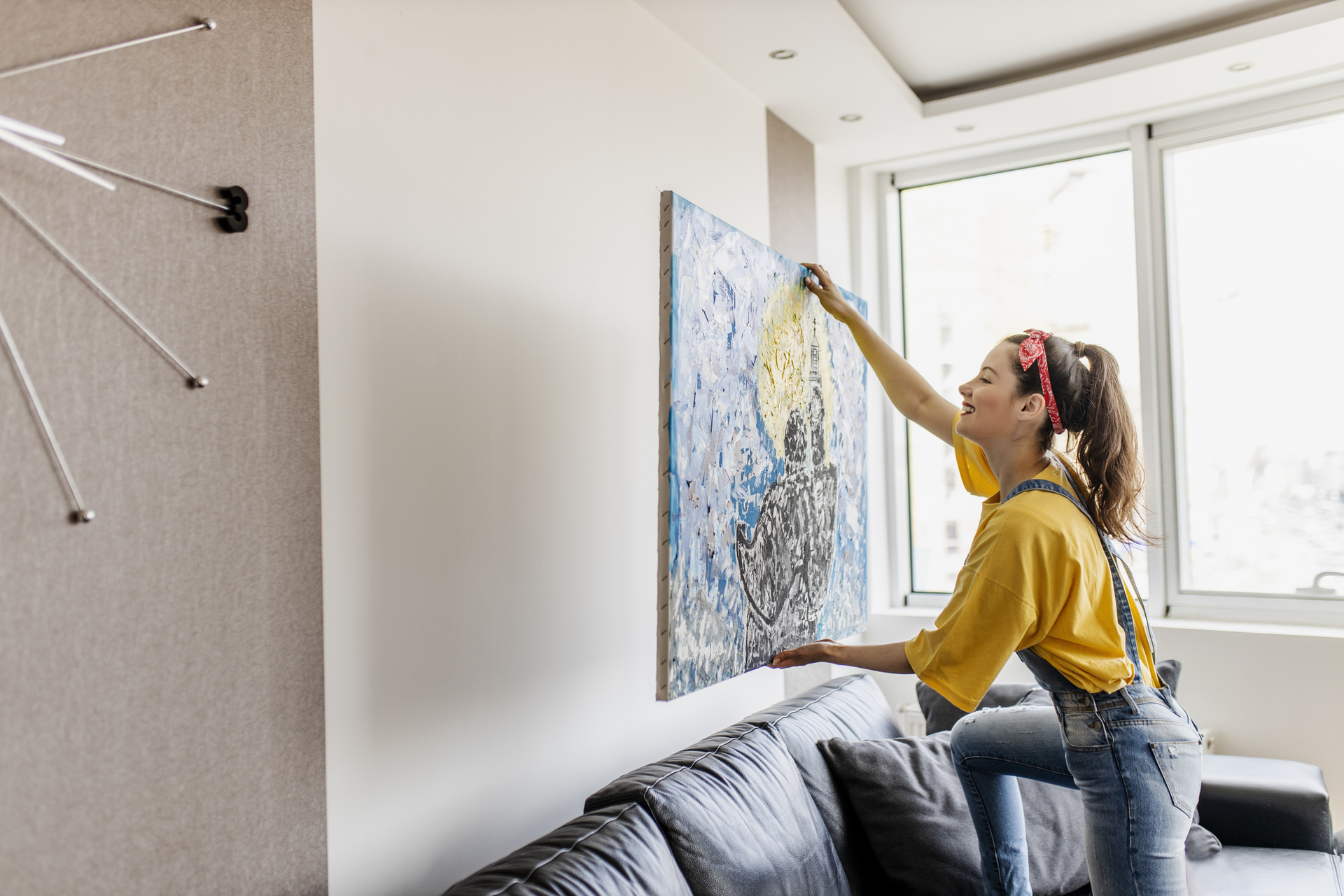
Interior design is both an art and a science. While personal taste plays a significant role, there are certain interior design guidelines that, when broken, can lead to a space feeling off. Here are eight common design fails as well as suggestions for how to fix them.
1. Choosing Furniture That's the Wrong Scale for Your Room
The Fail: Furniture that's too large can overwhelm a room, making it feel cramped and cluttered. Conversely, furniture that's too small can make the space feel sparse and incomplete.
The Fix:
Measure First: Before purchasing furniture, measure your room and the space where you intend to place each piece. Use painter's tape on the floor to outline the dimensions of the furniture to ensure that the space will not be overwhelmed and that your intended furniture is balanced.
Proportional Pieces: Ensure that the furniture is proportionate to the room size. For smaller rooms, opt for furniture with sleek lines and legs that lift the piece off the floor. In larger spaces, you can accommodate bulkier, more substantial pieces.
Balance and Harmony: Arrange furniture in a way that balances the room. Avoid pushing all the furniture against the walls. Create groupings that foster conversation and a sense of flow.
2. Hanging Wall Decor Too High or Low
The Fail: Artwork hung too high or low can disrupt the visual flow of a room and make it uncomfortable to view.
The Fix:
Eye Level Rule: The center of your artwork should be at eye level, typically about 57-60 inches from the floor. This guideline ensures that the artwork is comfortably viewable.
Gallery Wall Balance: For gallery walls, start by laying out the arrangement on the floor. Once you have a pleasing composition, translate it to the wall, maintaining consistent spacing between pieces.
Context Consideration: Consider the furniture and architectural elements around the artwork. For example, art hung above a sofa or console should have a 6-8 inch gap between the bottom of the frame and the top of the furniture.
3. Choosing an Area Rug That's Too Small for Your Space
The Fail: An undersized rug can make a room feel disjointed and smaller than it is.
The Fix:
Right Size Matters: In a living room, the rug should be large enough that at least the front legs of all major pieces of furniture rest on it. Ideally, the rug should extend at least 6-12 inches beyond the sides of the furniture.
Room Coverage: For dining rooms, ensure the rug is large enough to accommodate the table and chairs, even when the chairs are pulled out.
Proportional Placement: In bedrooms, place the rug under the bed, extending out on all sides, or use runners on either side of the bed.
4. Relying Solely on Overhead Lighting
The Fail: Overhead lighting alone can create harsh shadows and a lack of ambiance.
The Fix:
Layered Lighting: Incorporate multiple sources of light at different levels, such as table lamps, floor lamps, sconces, and under-cabinet lighting.
Task Lighting: Use task lighting in areas where specific activities occur, such as reading lamps by a chair or pendants over a kitchen island.
Dimmer Switches: Install dimmer switches to control the intensity of the overhead lighting, allowing for flexibility and mood setting.
5. Pushing Furniture Against the Walls
The Fail: While it might seem like pushing furniture against the walls maximizes space, it can actually make a room feel disconnected and awkward.
The Fix:
Floating Furniture: Bring furniture away from the walls to create more intimate, conversation-friendly arrangements.
Area Rugs: Use area rugs to define seating areas and anchor furniture groupings.
Traffic Flow: Ensure there is enough space for traffic flow around and through the seating arrangements.
6. Ignoring Focal Points
The Fail: A room without a focal point can feel chaotic and lack direction.
The Fix:
Identify Natural Focal Points: Use existing architectural features like fireplaces or large windows as focal points. Arrange furniture to highlight these areas.
Create Focal Points: If your room lacks a natural focal point, create one with a piece of statement furniture, artwork, or a feature wall.
Balanced Arrangement: Ensure the focal point is the first thing that catches the eye when entering the room, and build the rest of the décor around it.
7. Overloading on Trends
The Fail: Trends come and go, and a room that’s too trend-heavy can quickly feel outdated.
The Fix:
Timeless Pieces: Invest in timeless, high-quality furniture and accessories that won’t go out of style.
Accent with Trends: Incorporate trends through smaller, more easily changeable items like throw pillows, rugs, and decorative accessories.
Personal Touch: Ensure your space reflects your personal style rather than just following trends.
8. Neglecting Functionality
The Fail: A beautiful room that doesn’t function well for its intended purpose can be frustrating and impractical.
The Fix:
Purposeful Design: Consider the primary function of the room and design around it. Ensure there is adequate storage, comfortable seating, and appropriate surfaces for daily activities.
User-Friendly Layout: Arrange furniture and décor to facilitate easy movement and access. Avoid obstructing pathways and ensure that frequently used items are within reach.
Comfort and Practicality: Prioritize comfort and practicality in every aspect of the design, from the choice of materials to the placement of lighting and furniture.
By addressing these common design fails and implementing the suggested fixes, you can create a more harmonious and appealing living space. Whether you're a novice decorator or a seasoned pro, these guidelines will help you avoid pitfalls and achieve a designer-approved look in any room.
If you follow these interior design tips, you can transform your space into a well-balanced, functional, and aesthetically pleasing environment. Remember, the goal of interior design is to create a space that feels both beautiful and livable!
